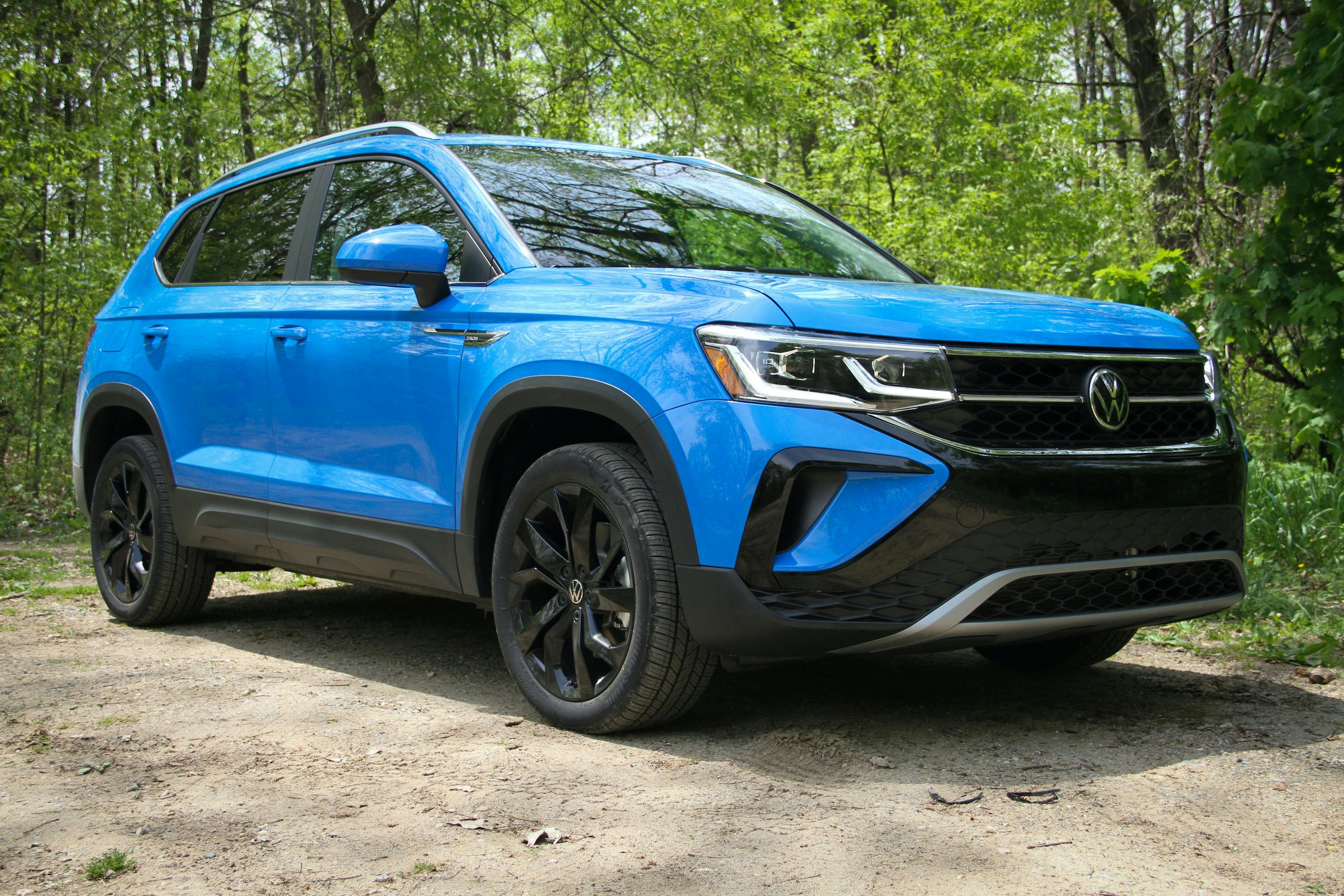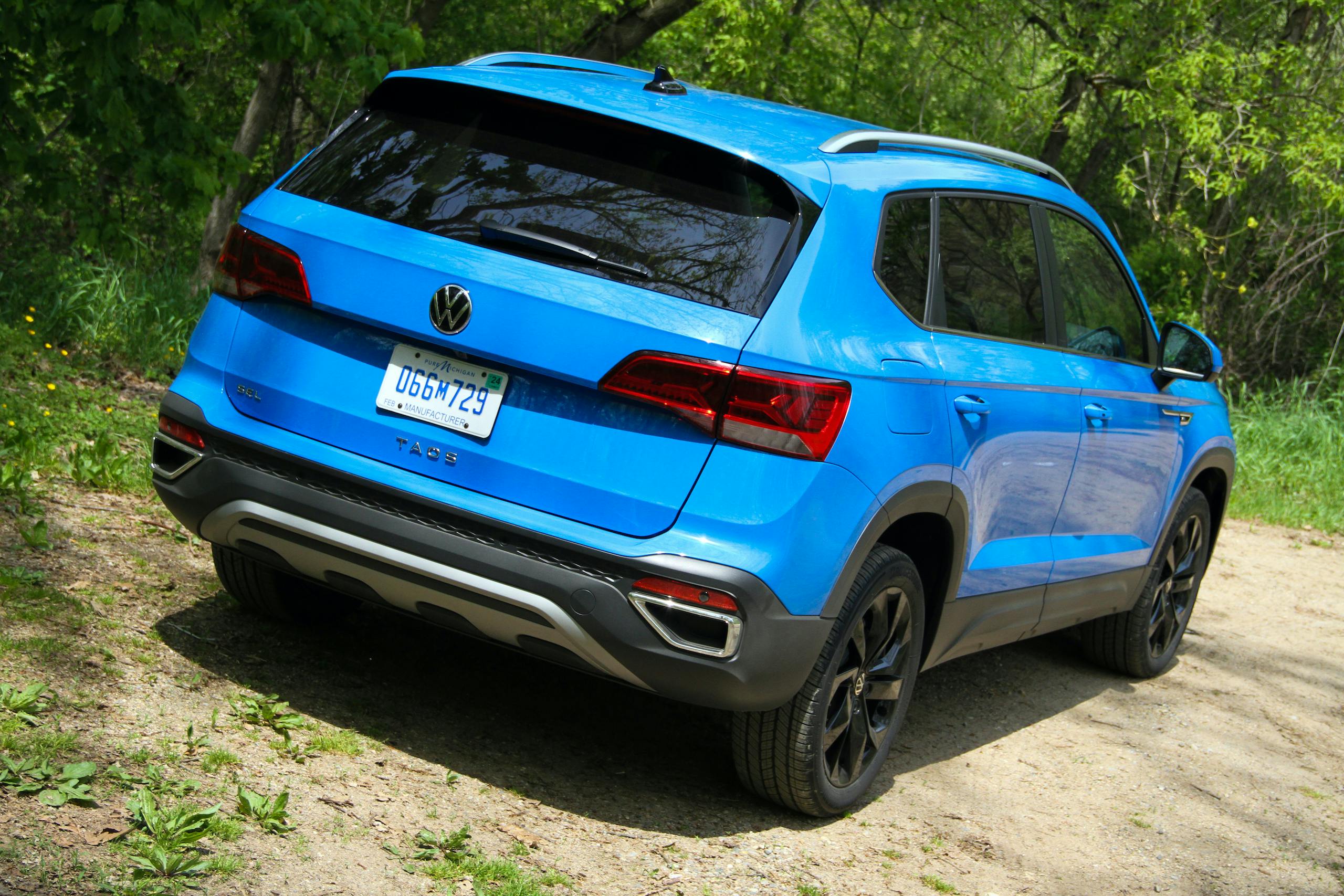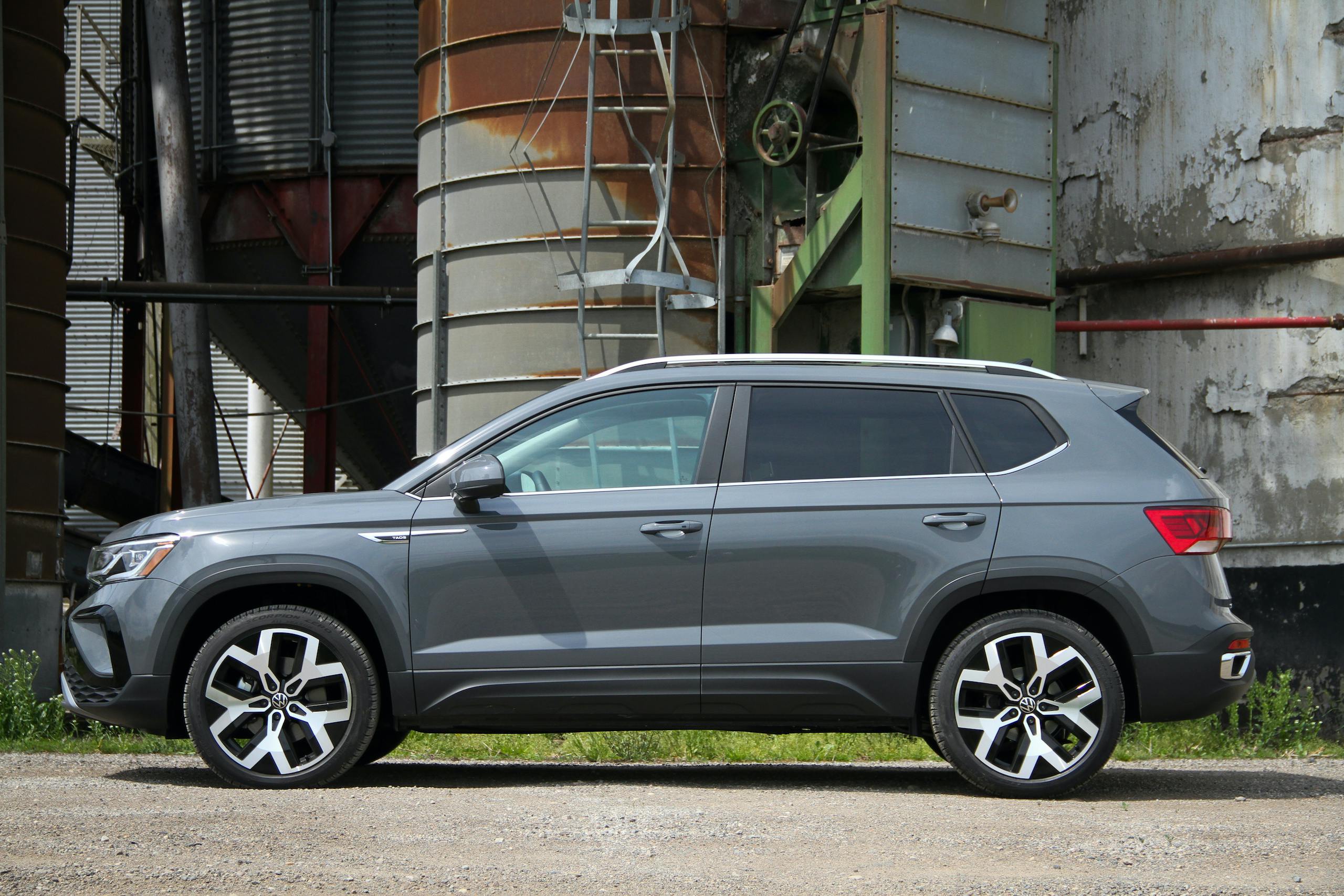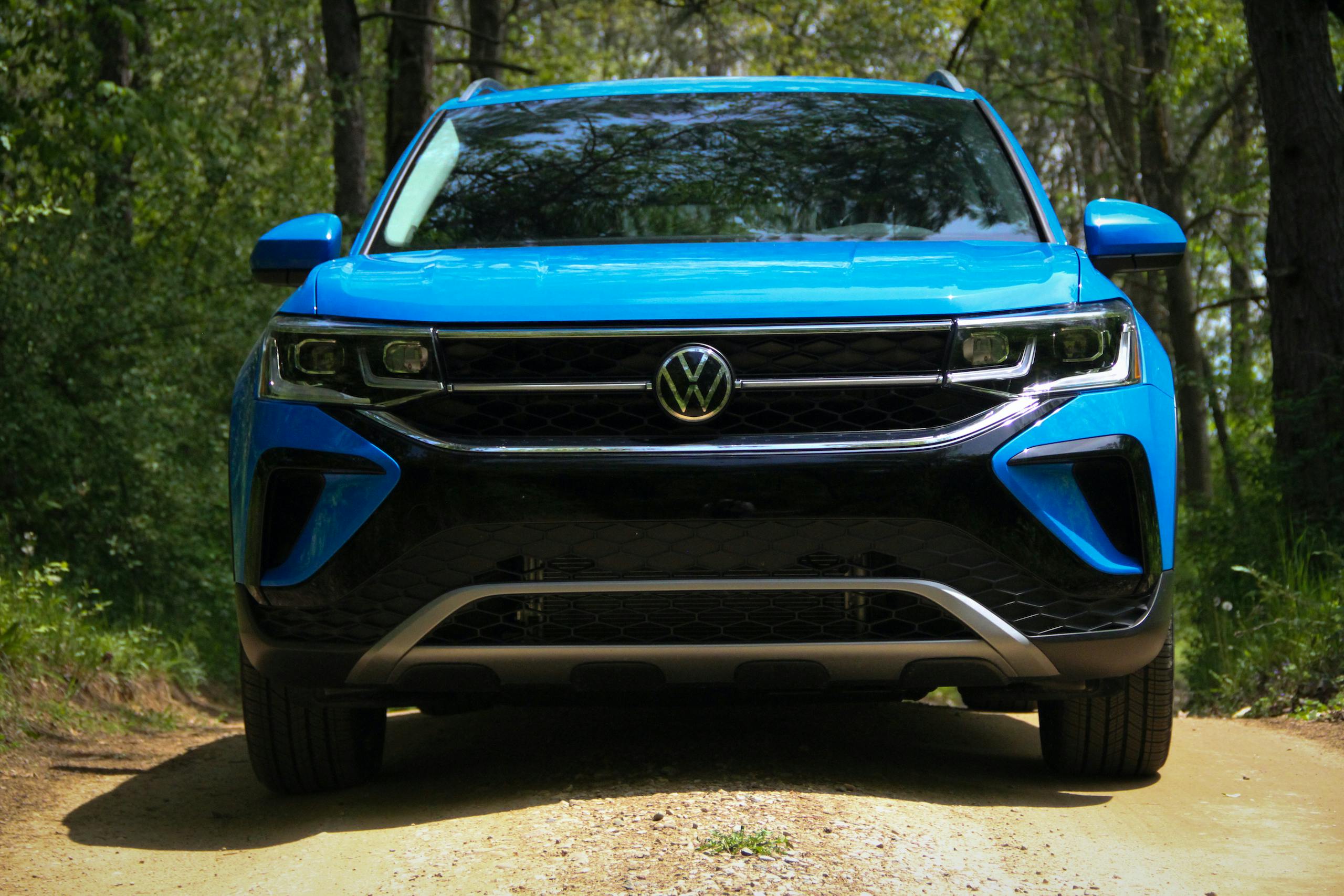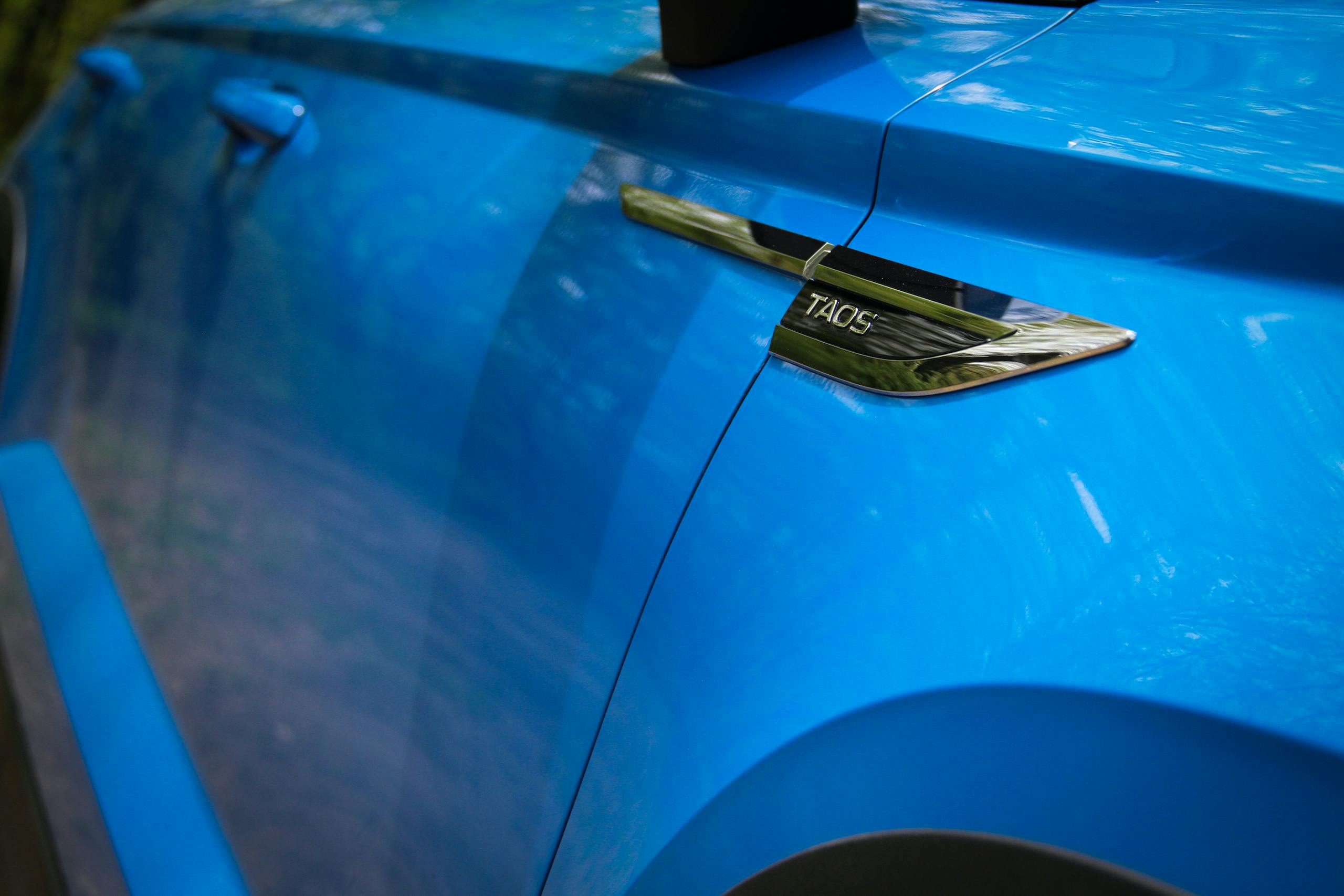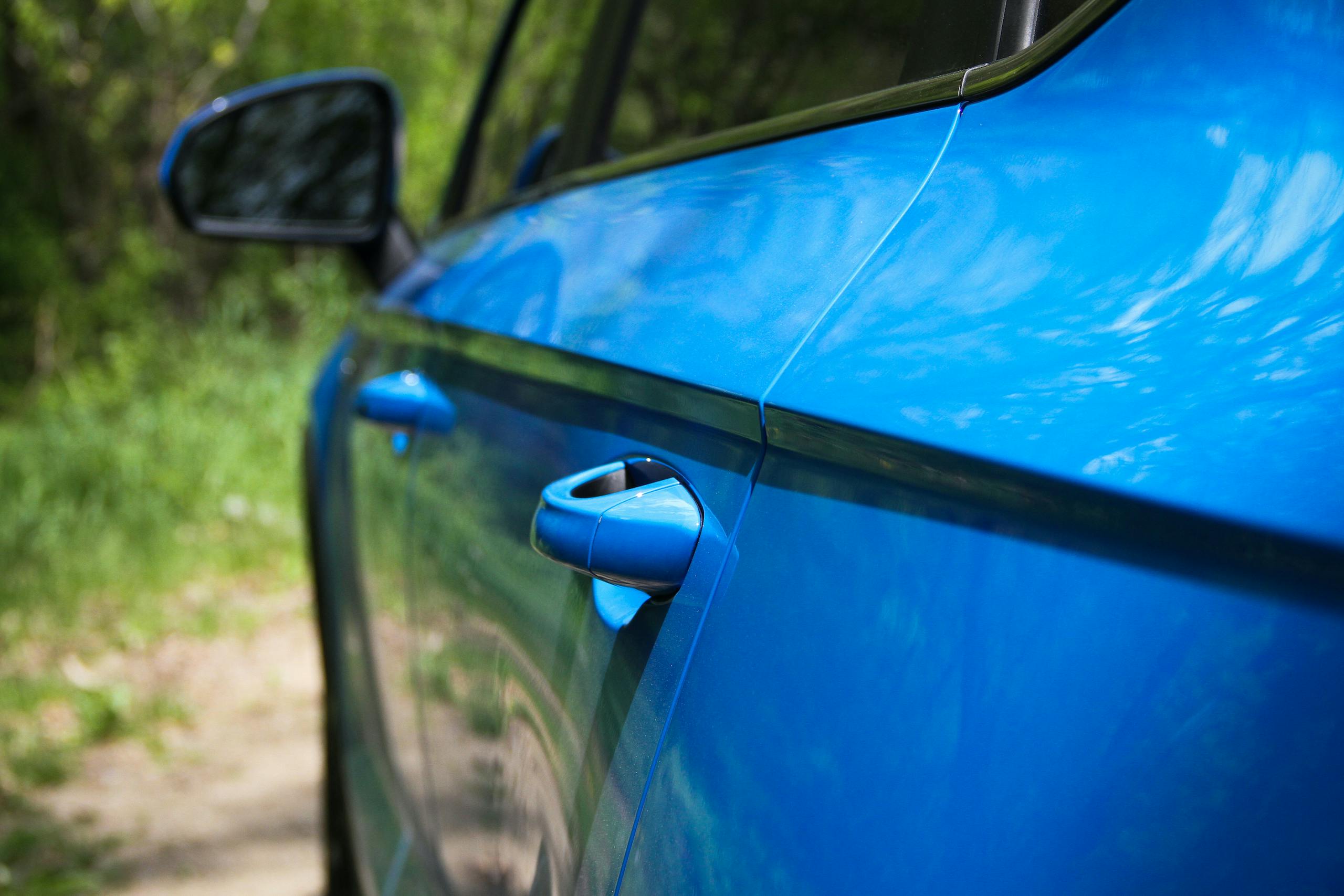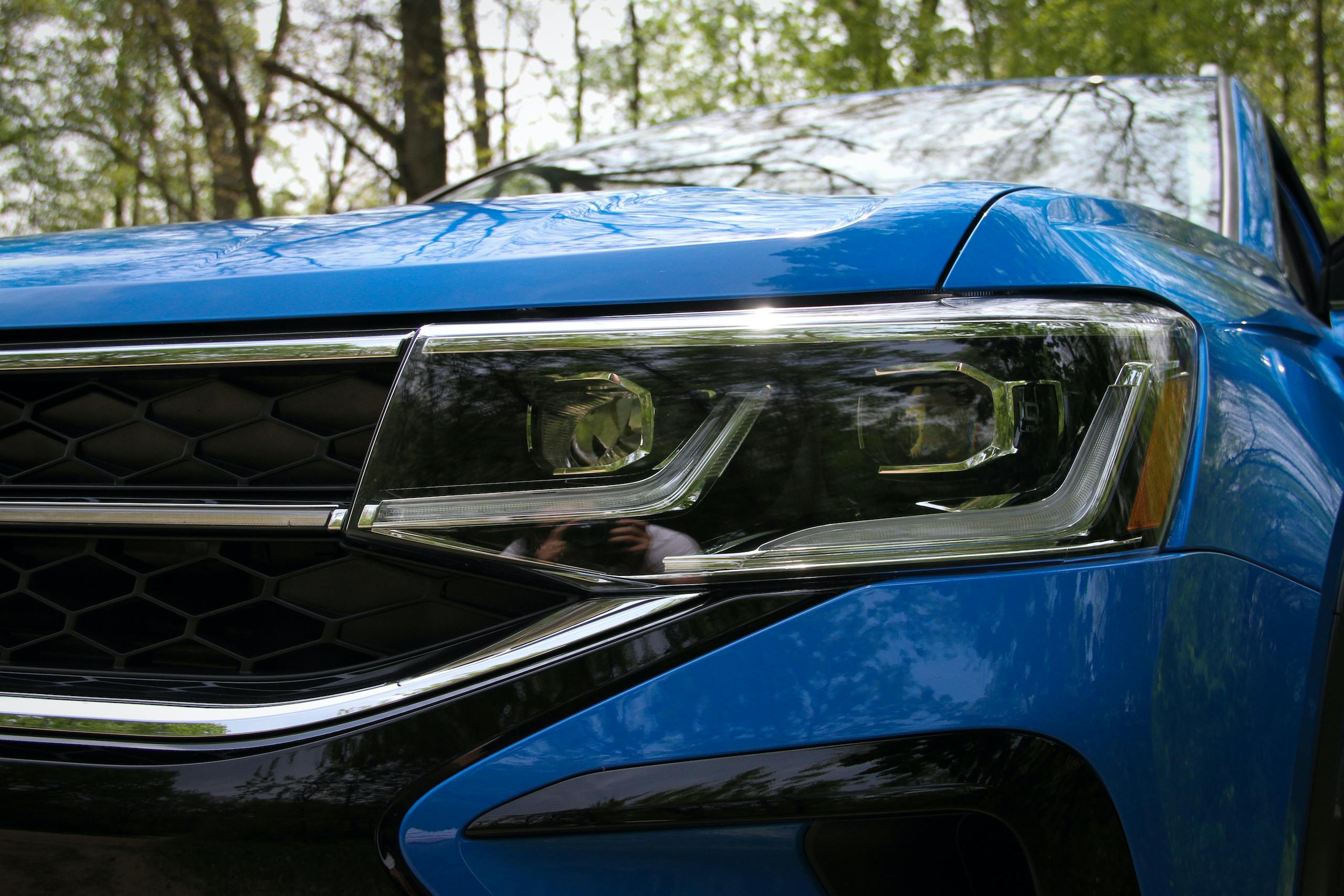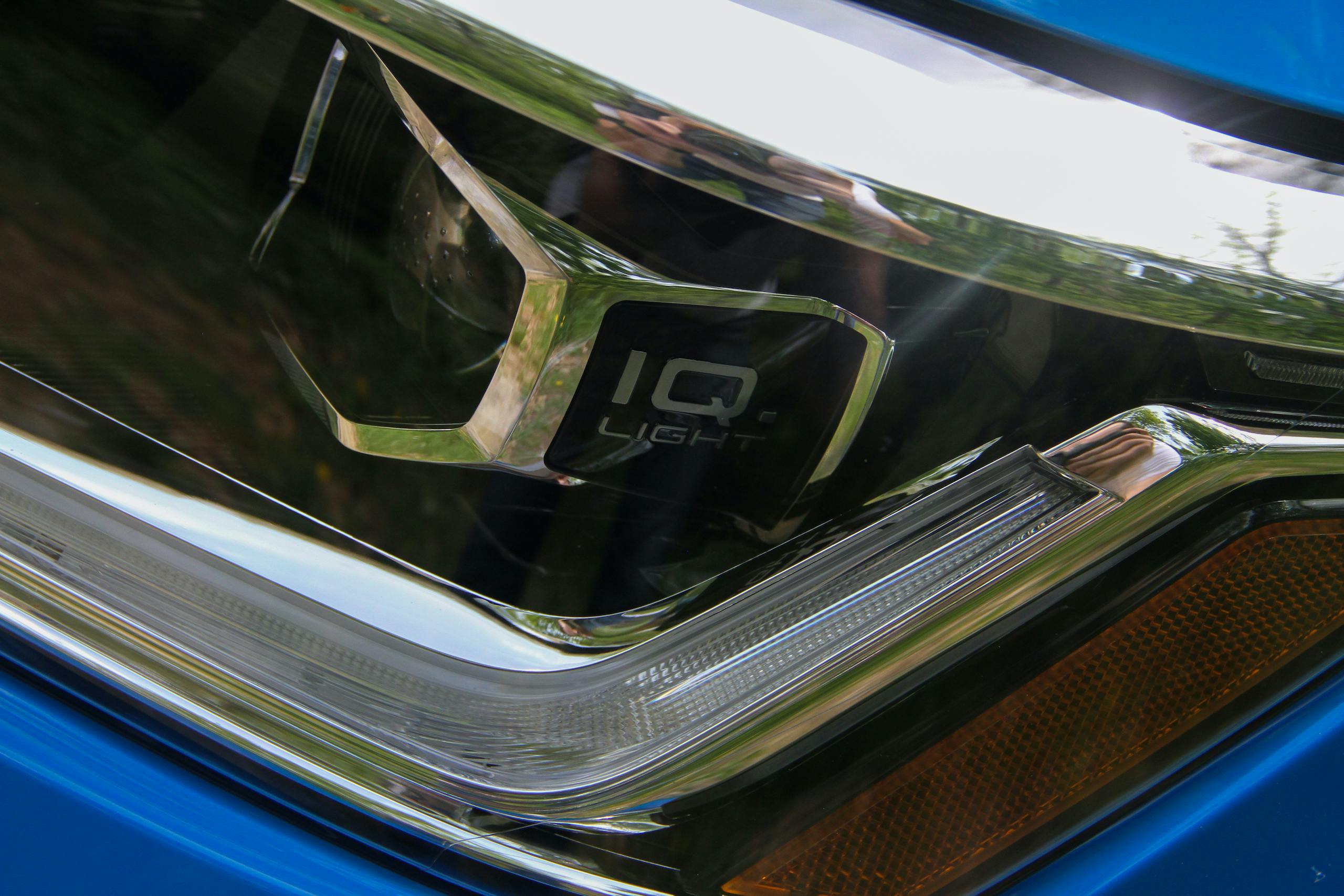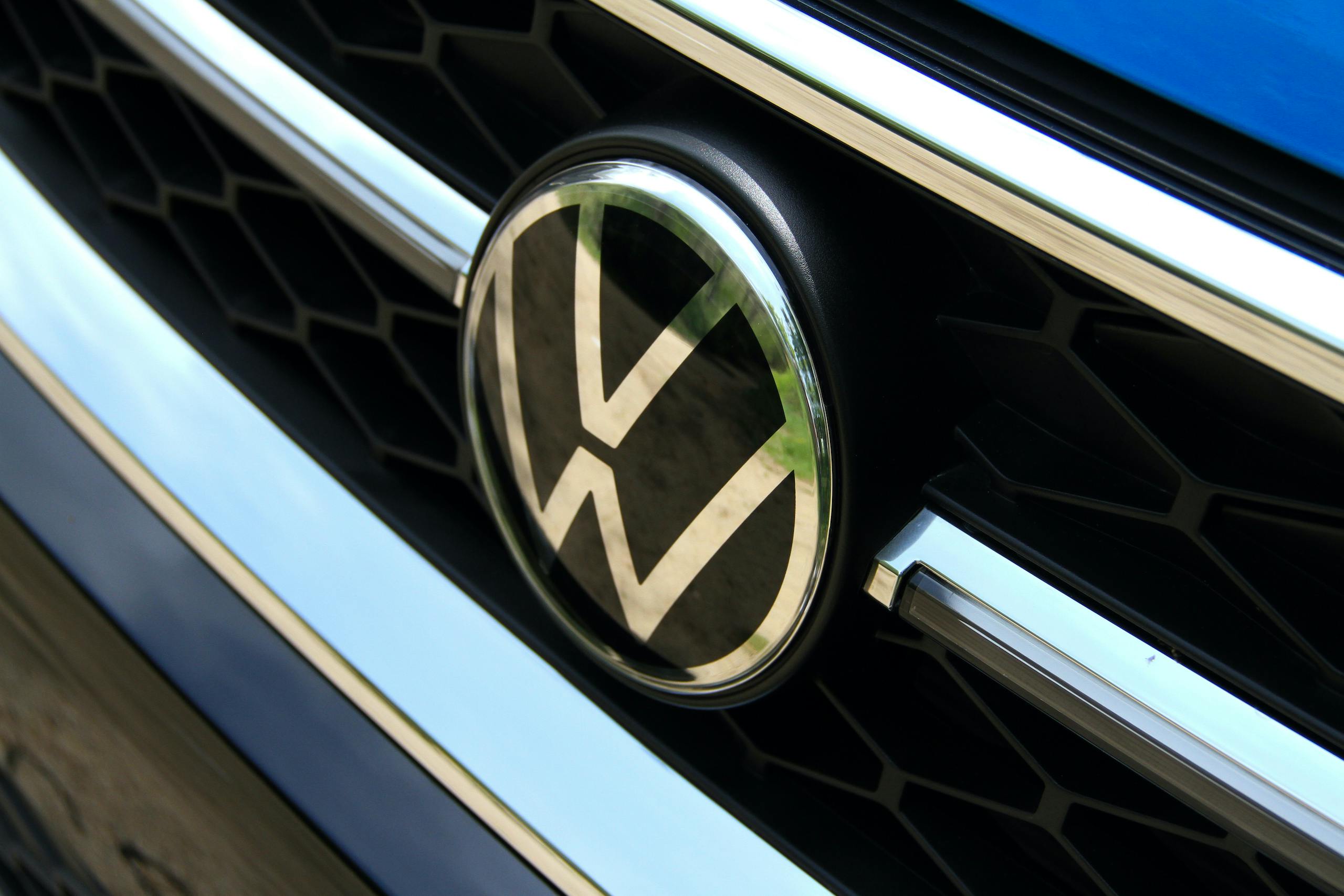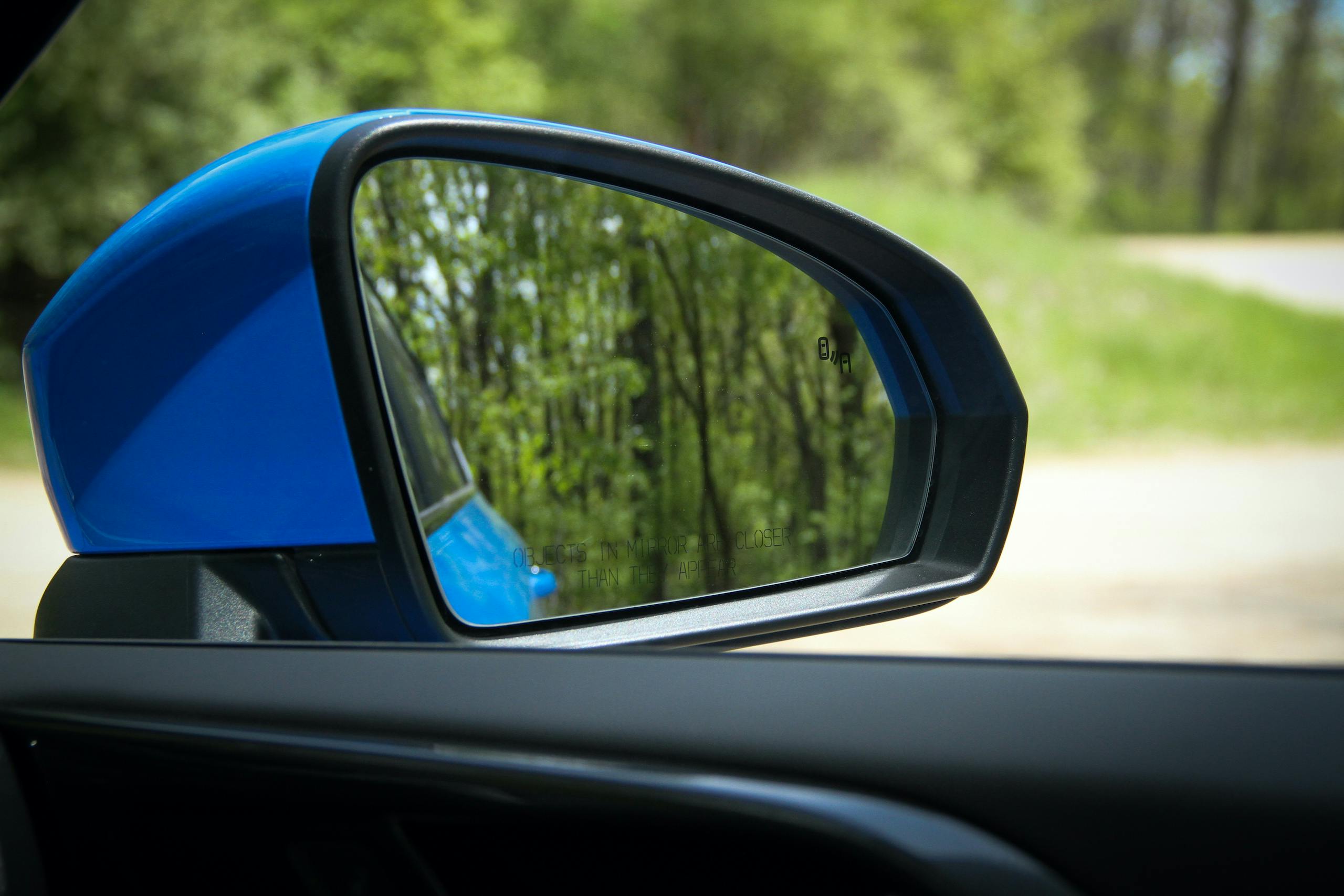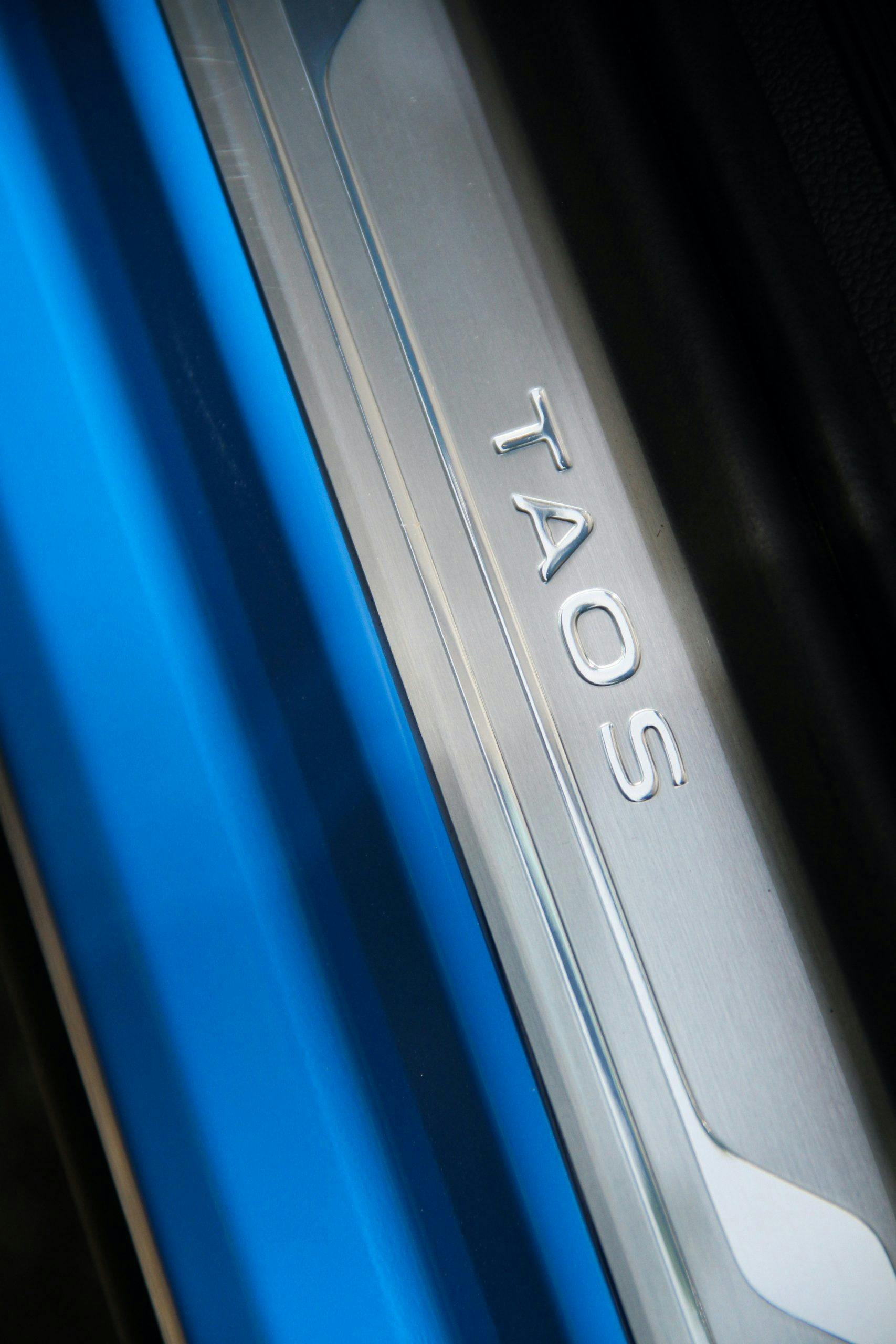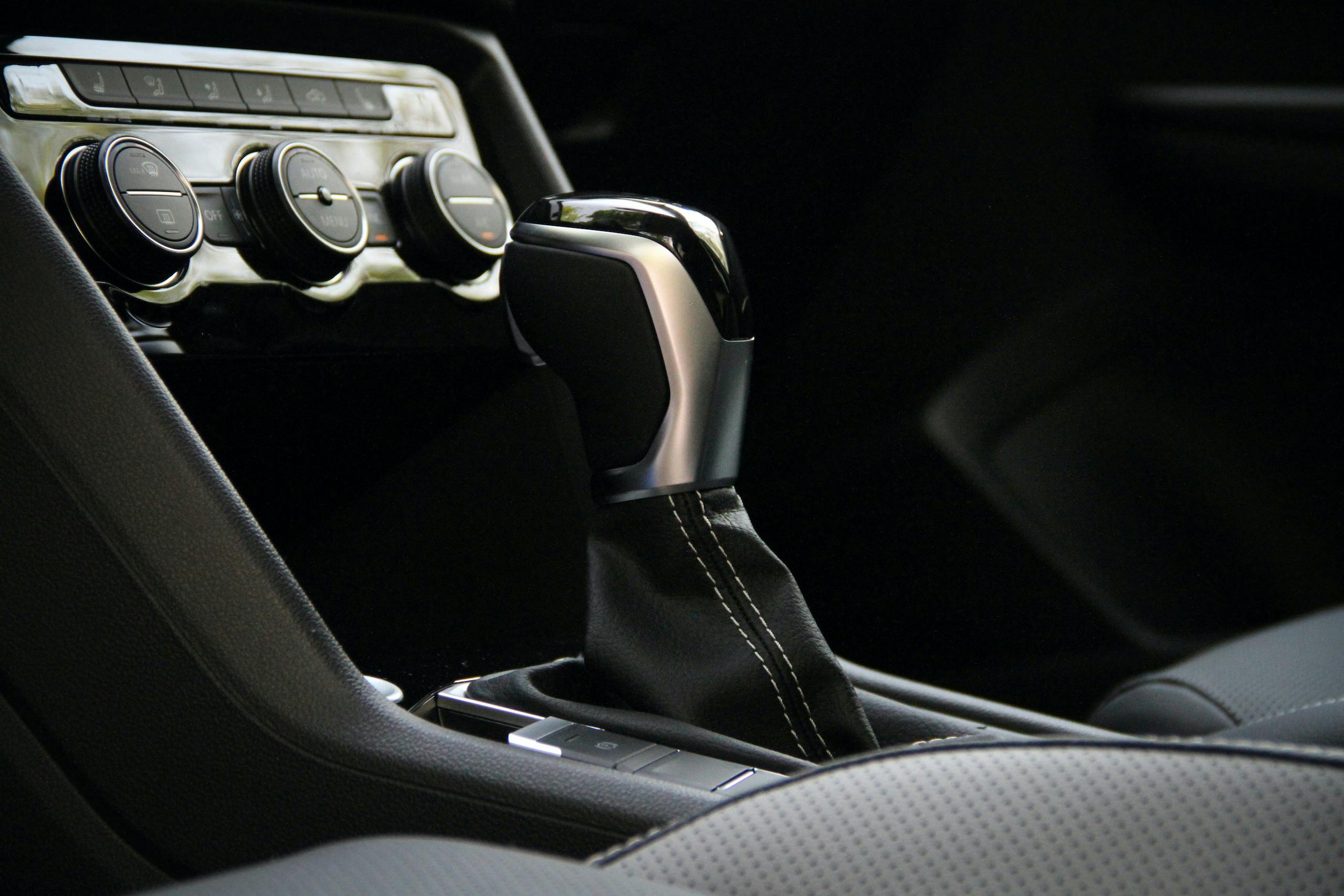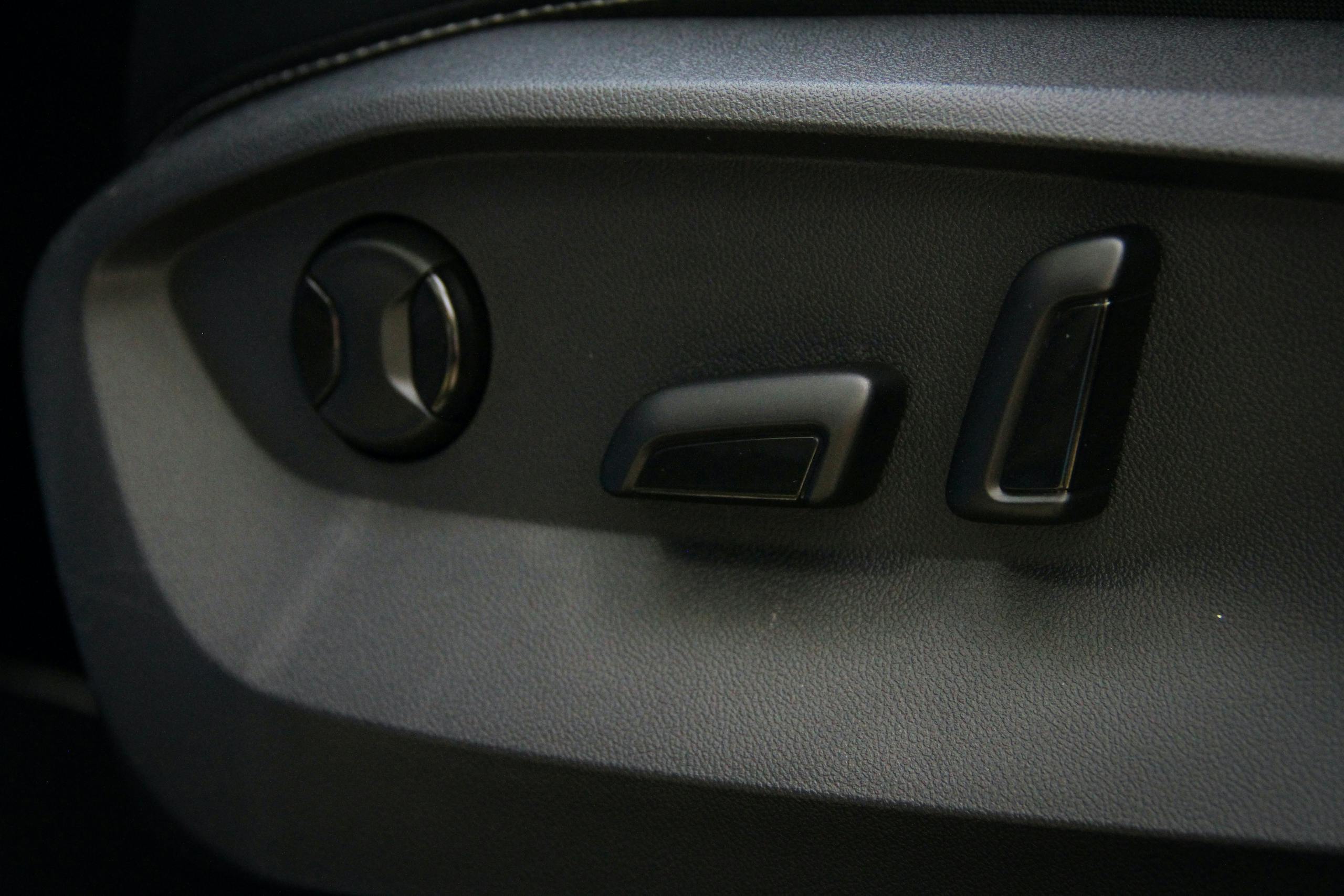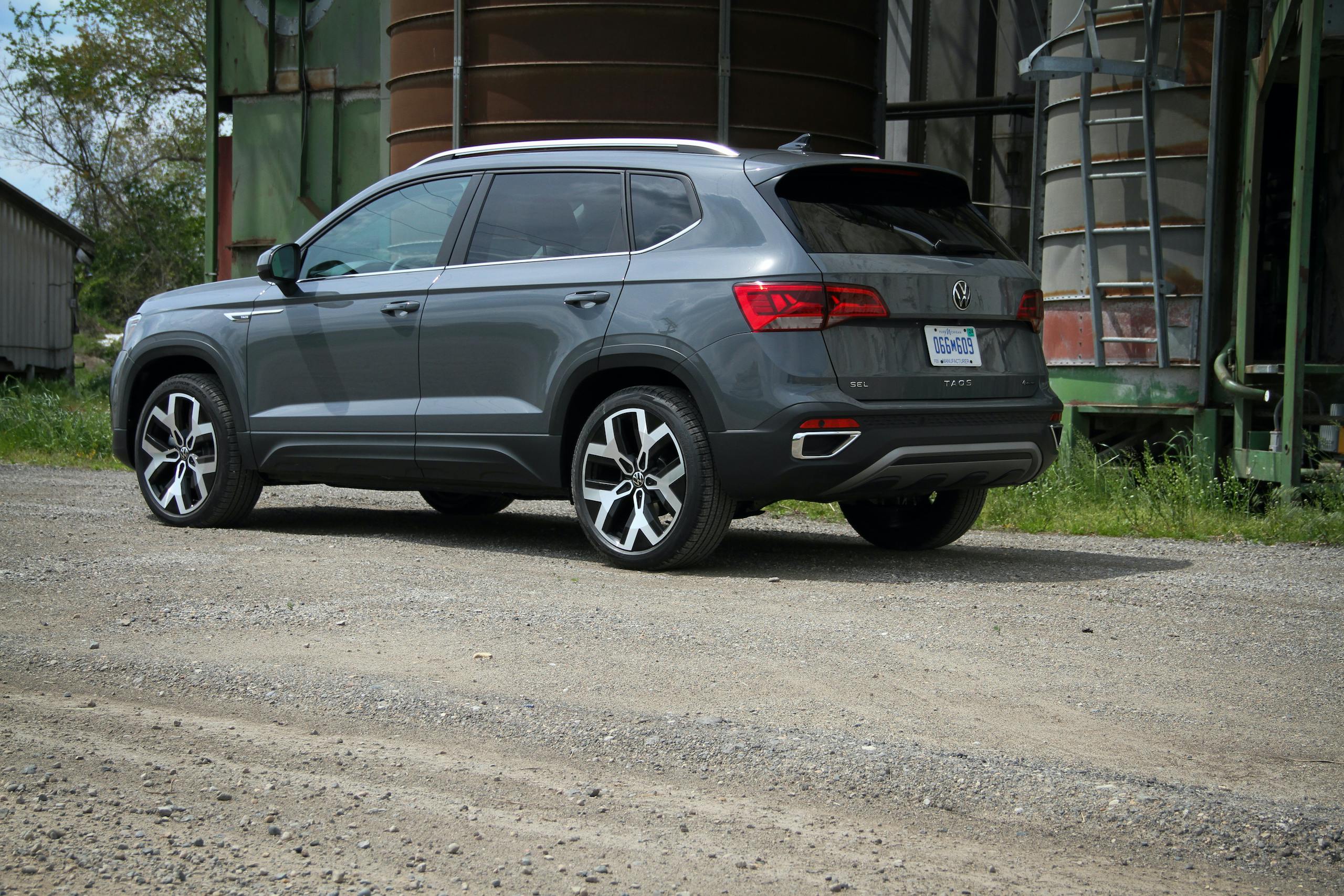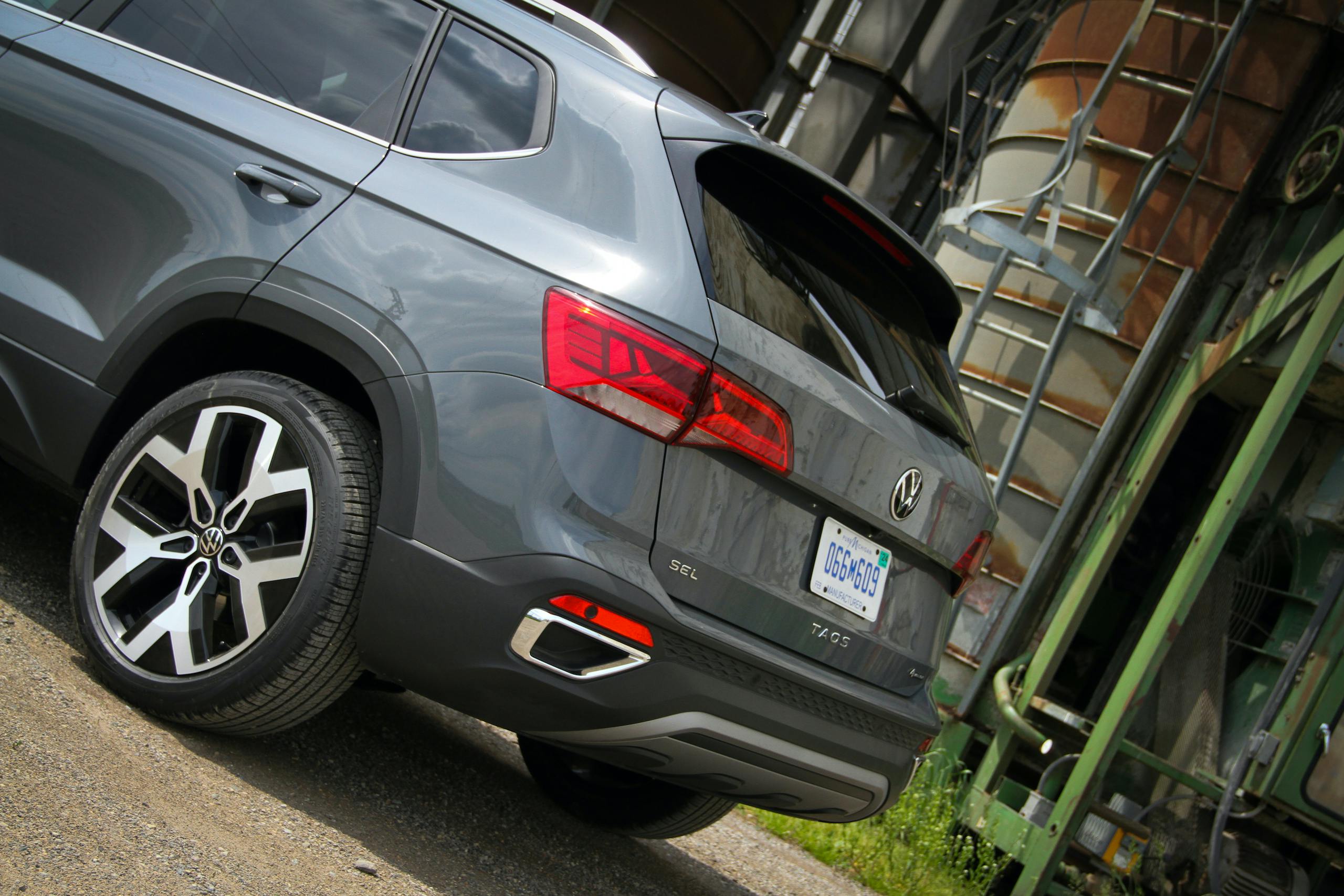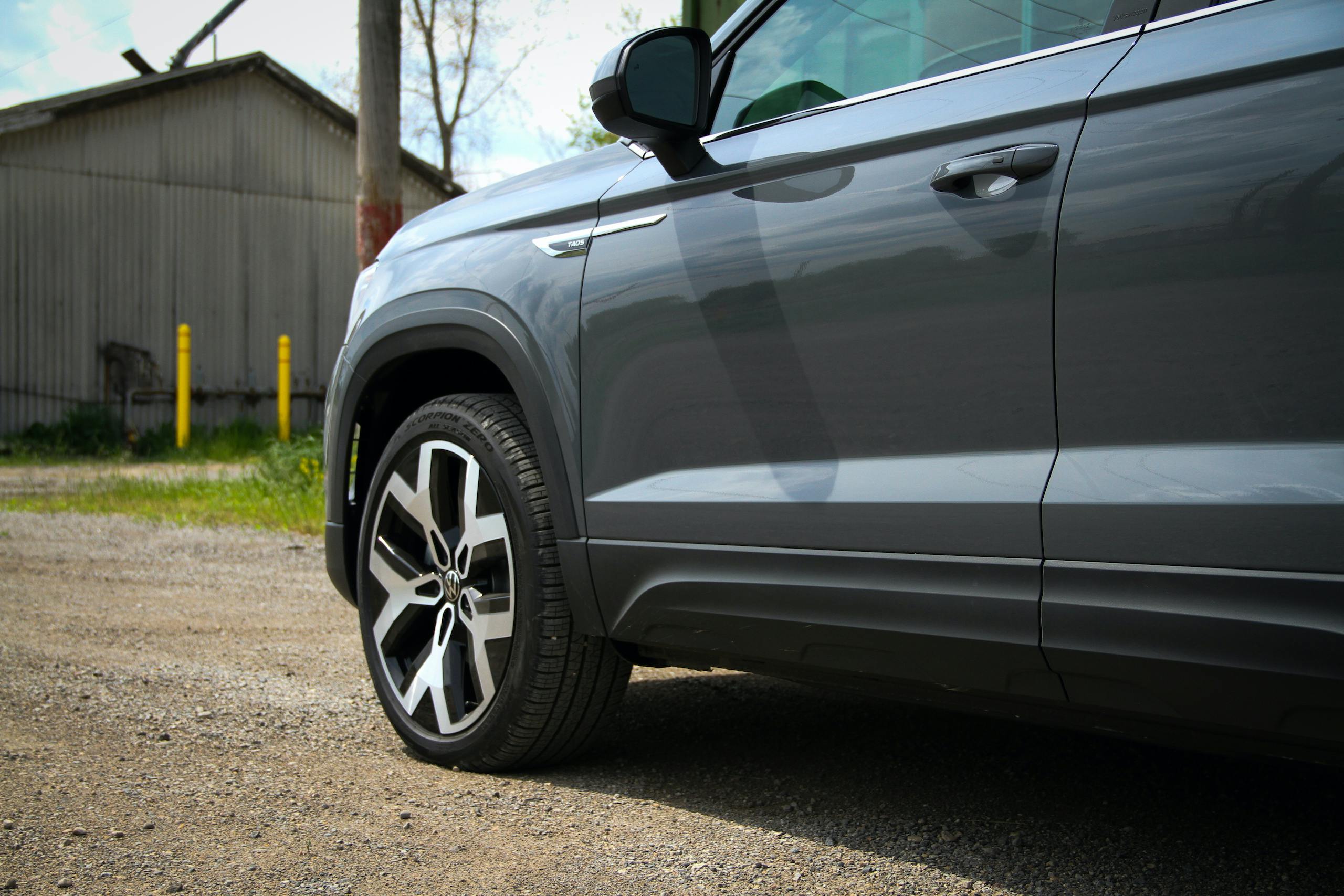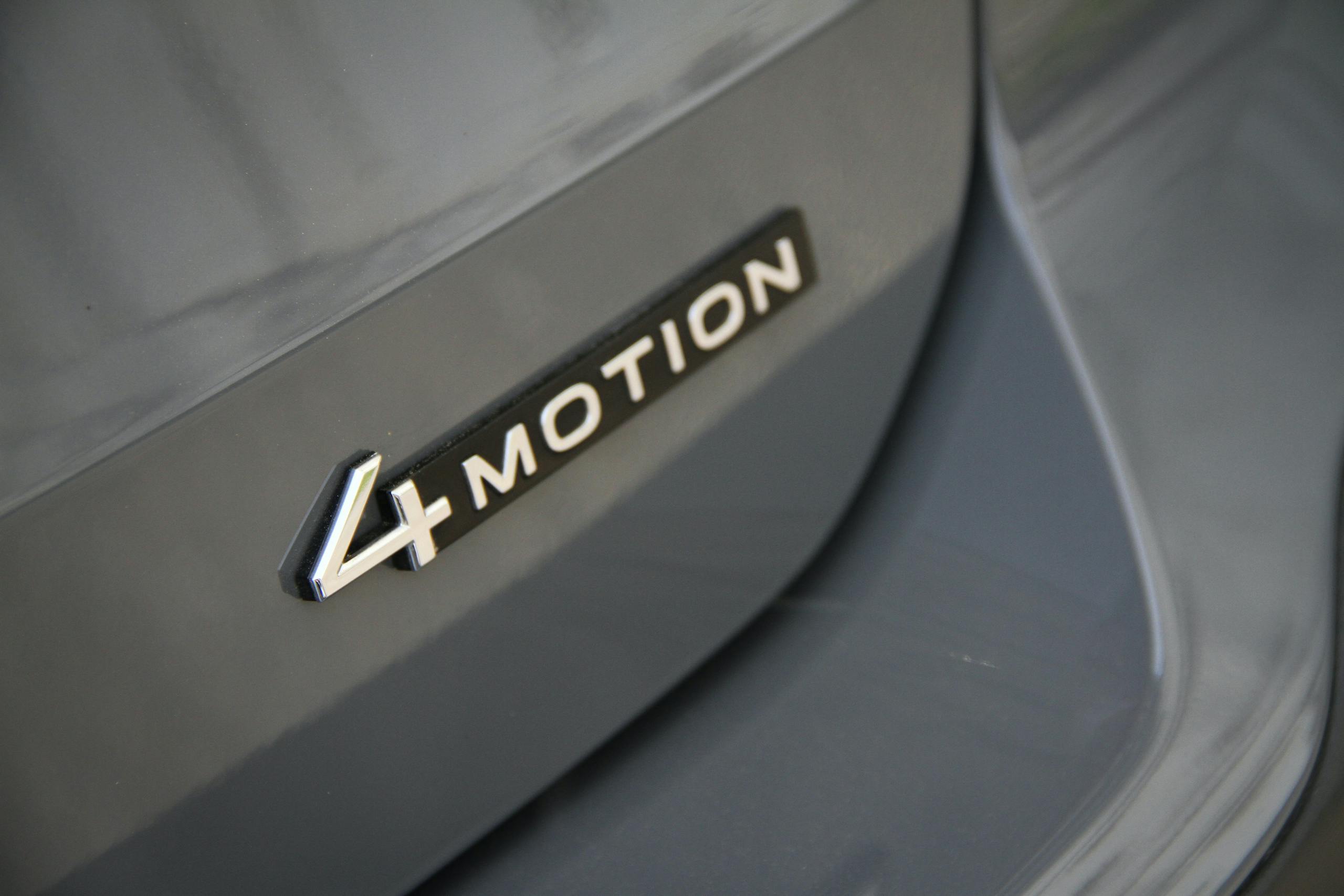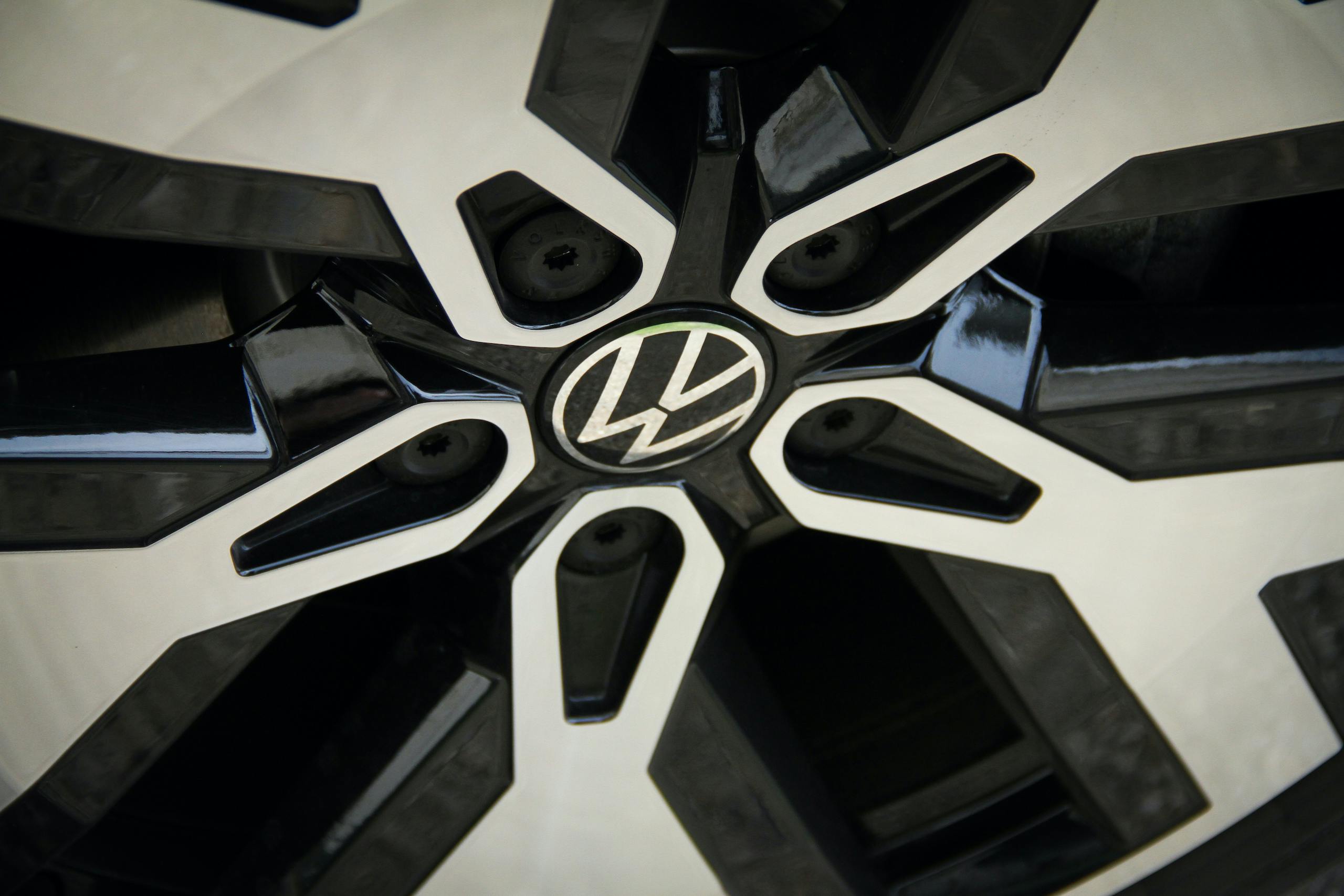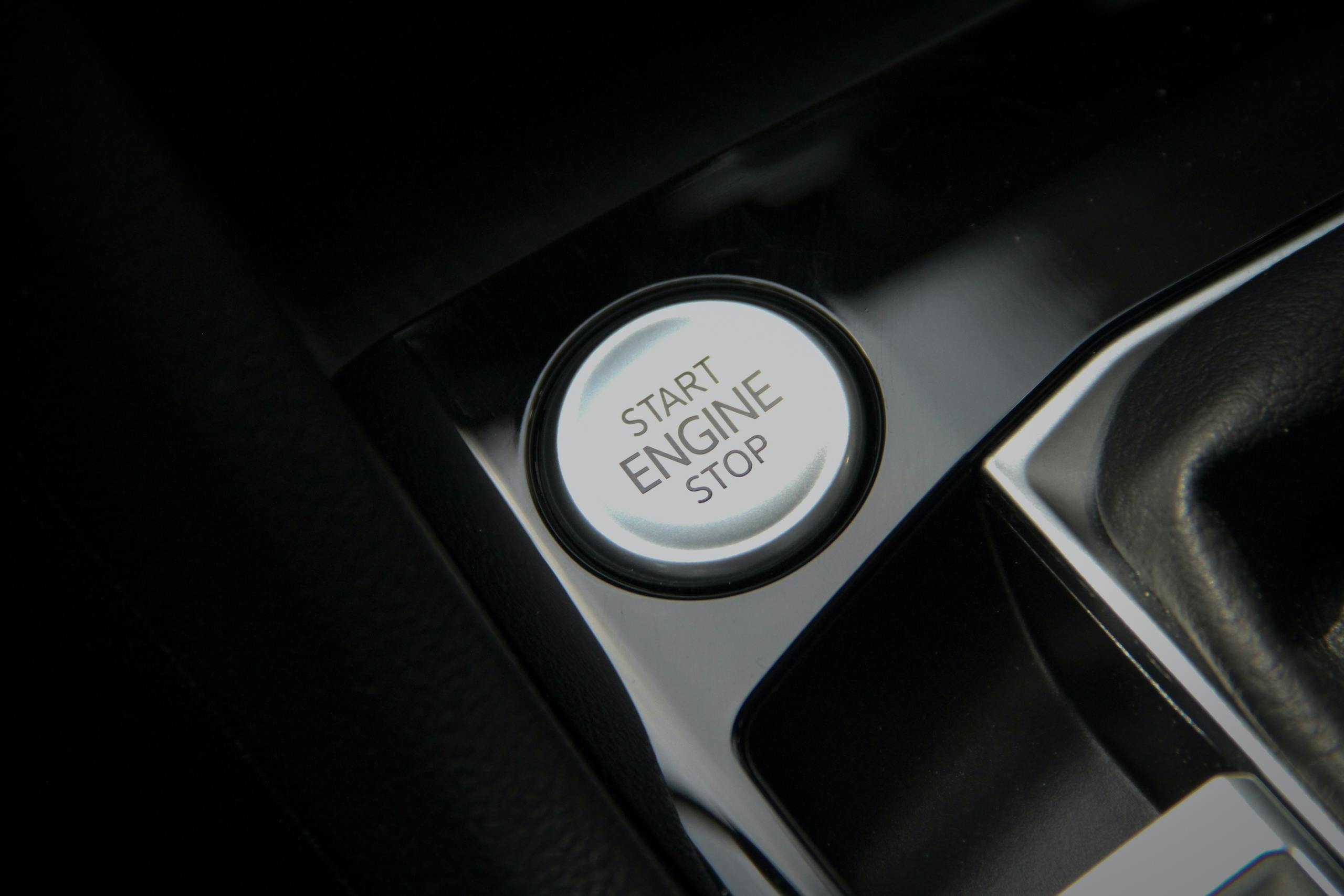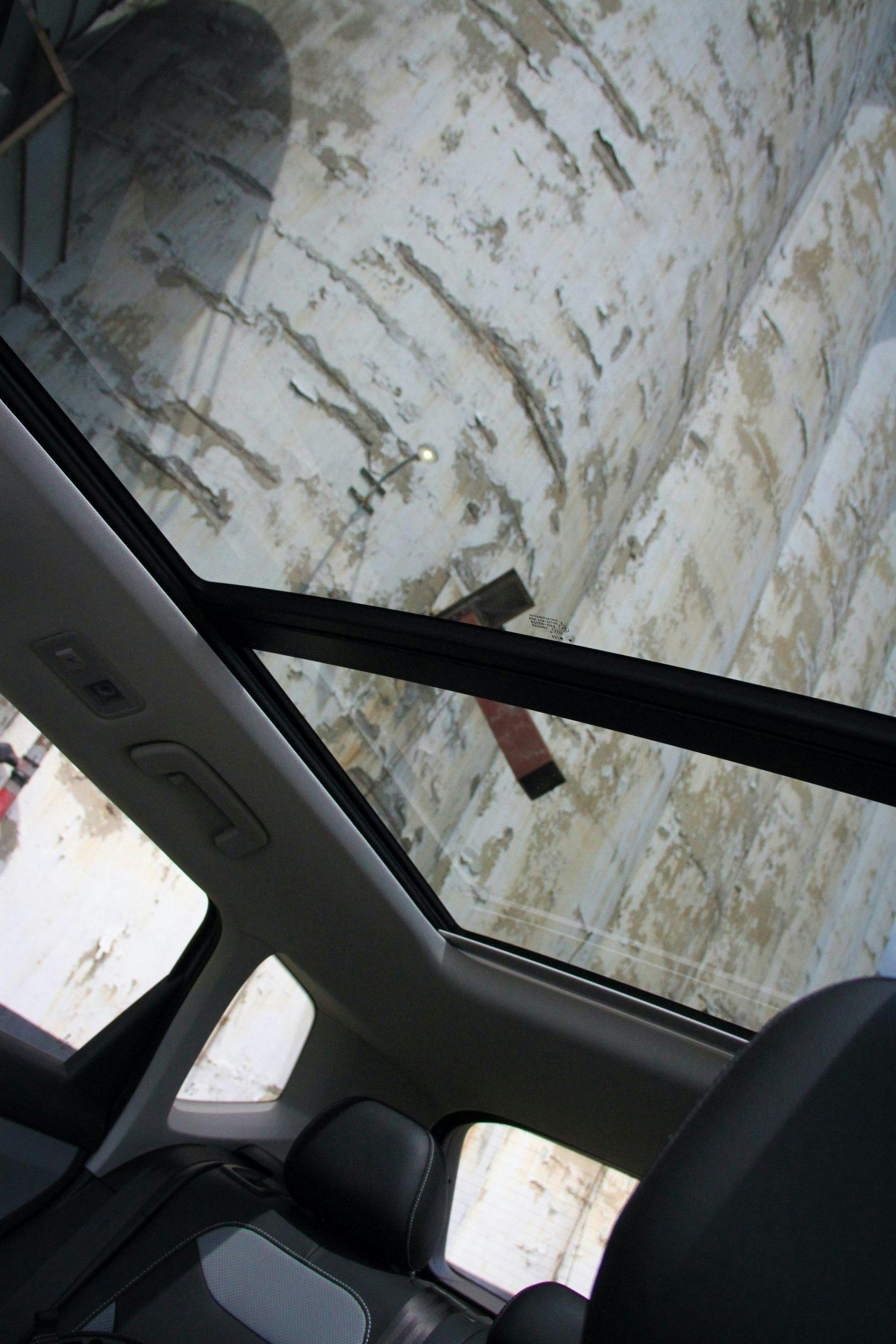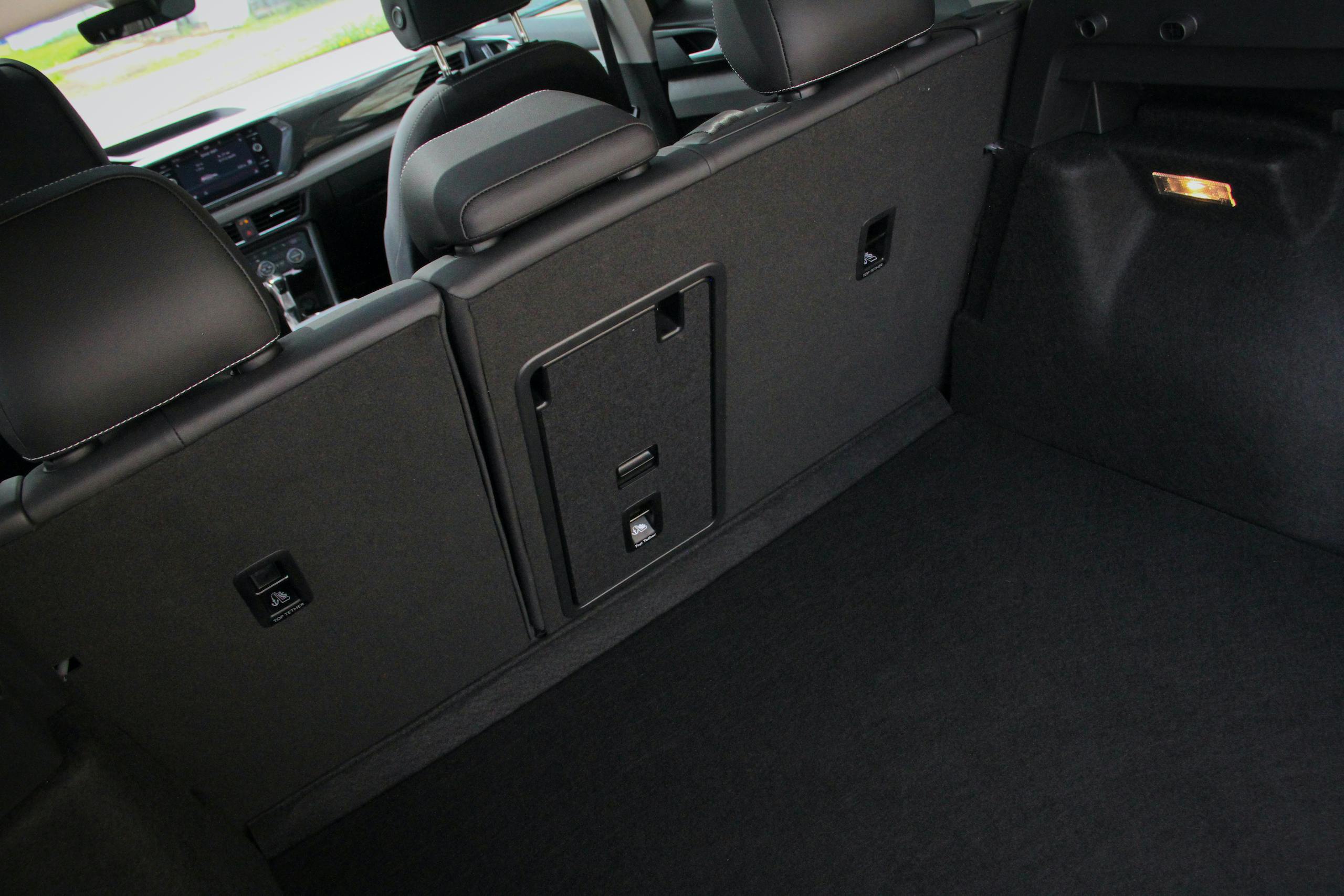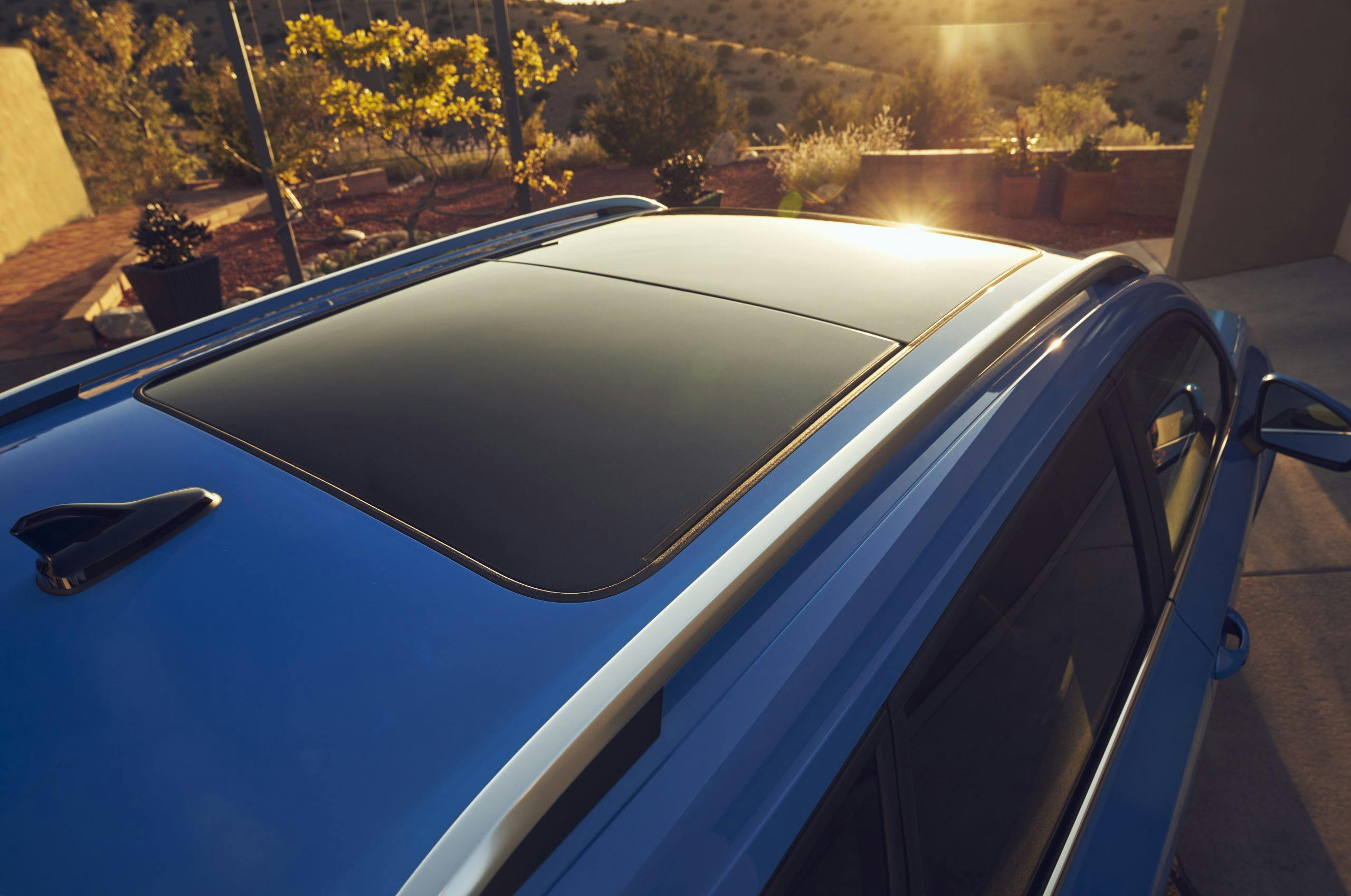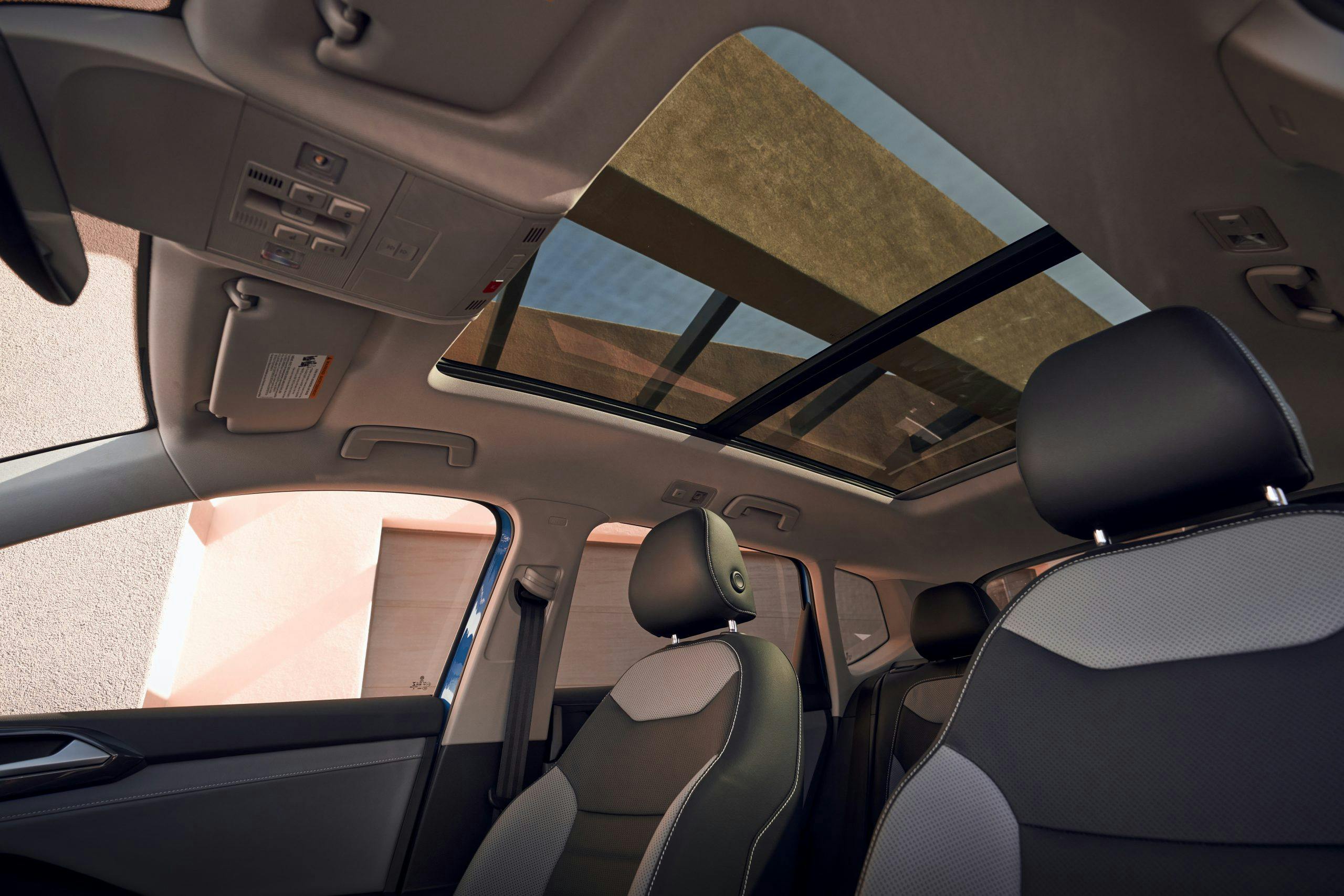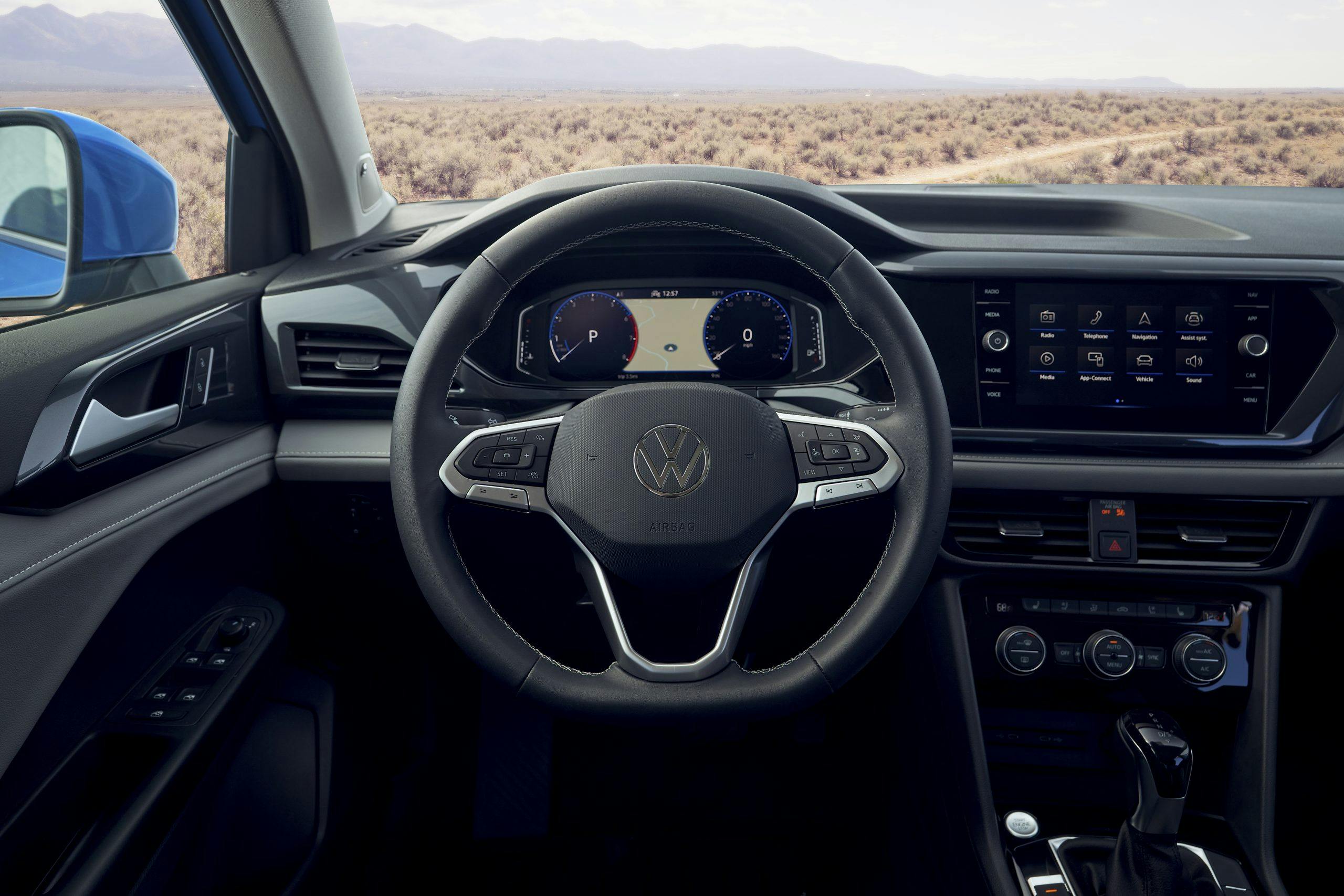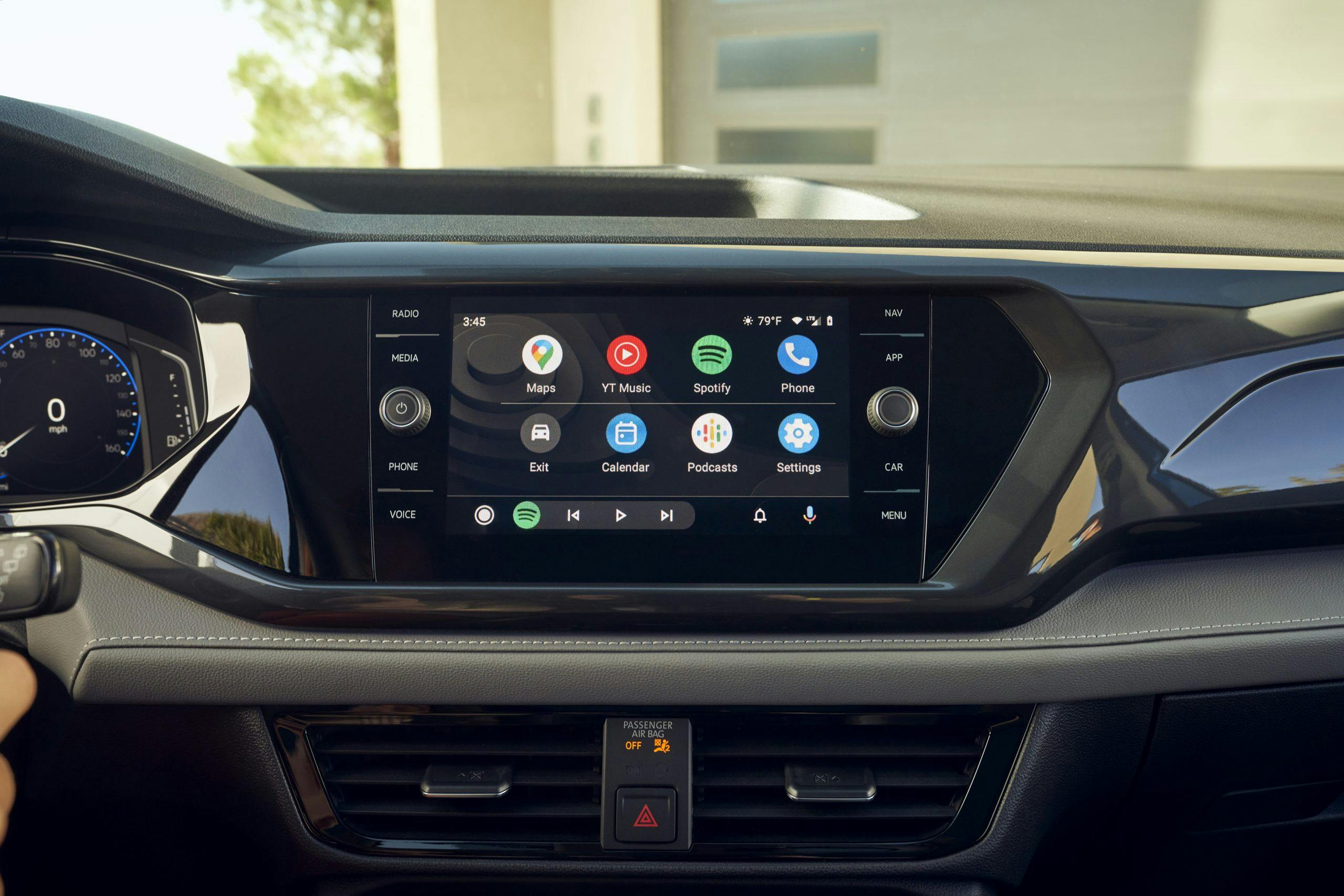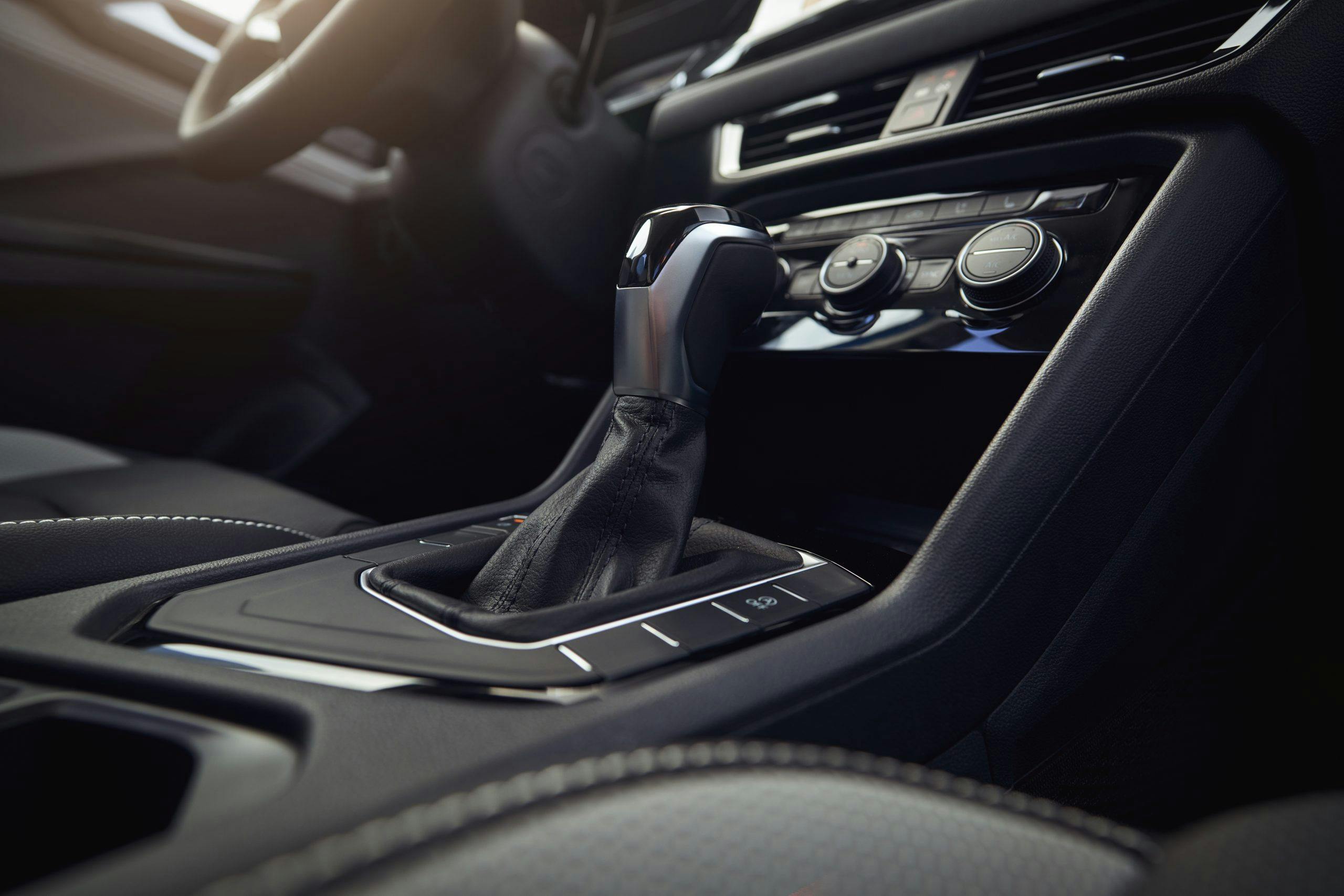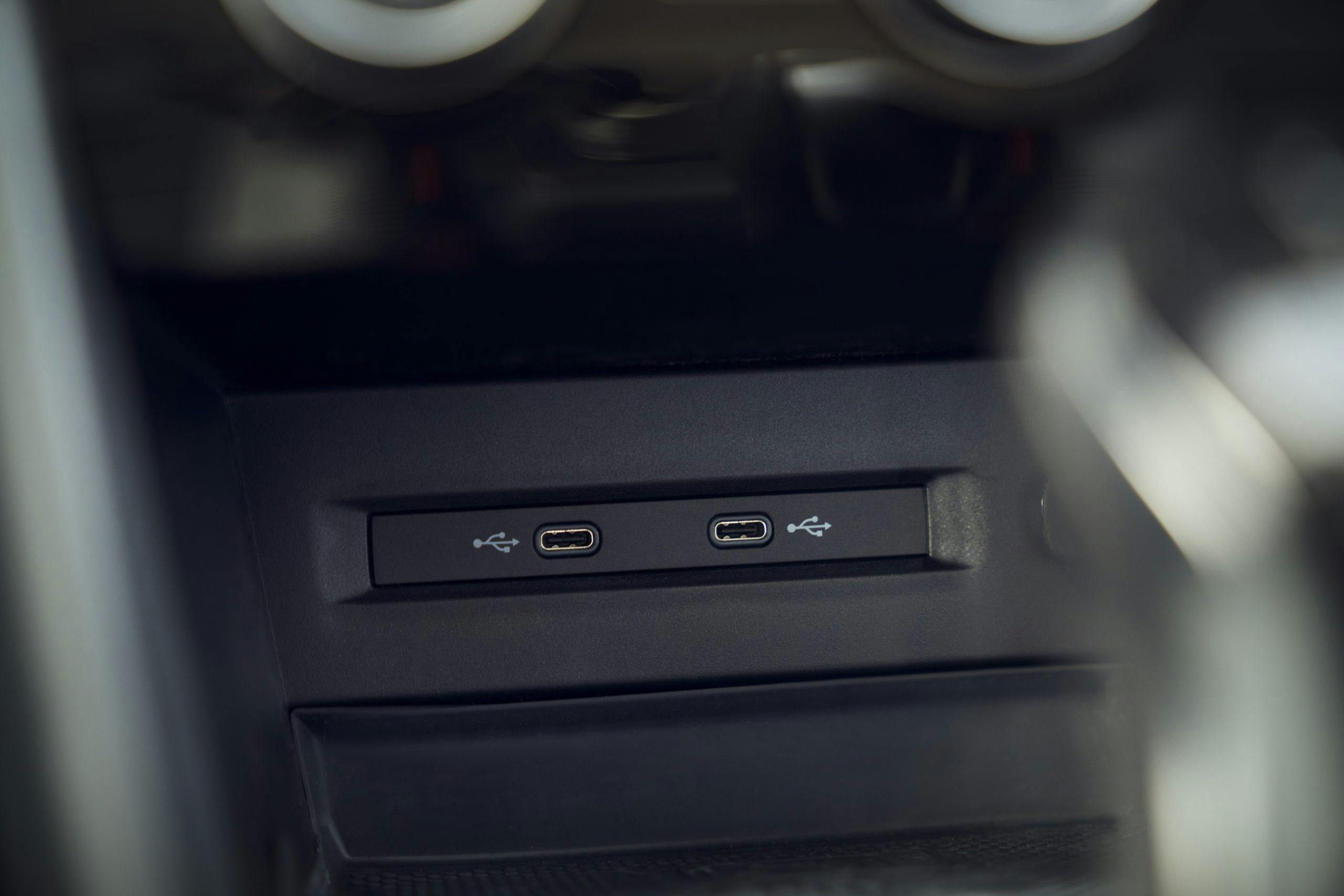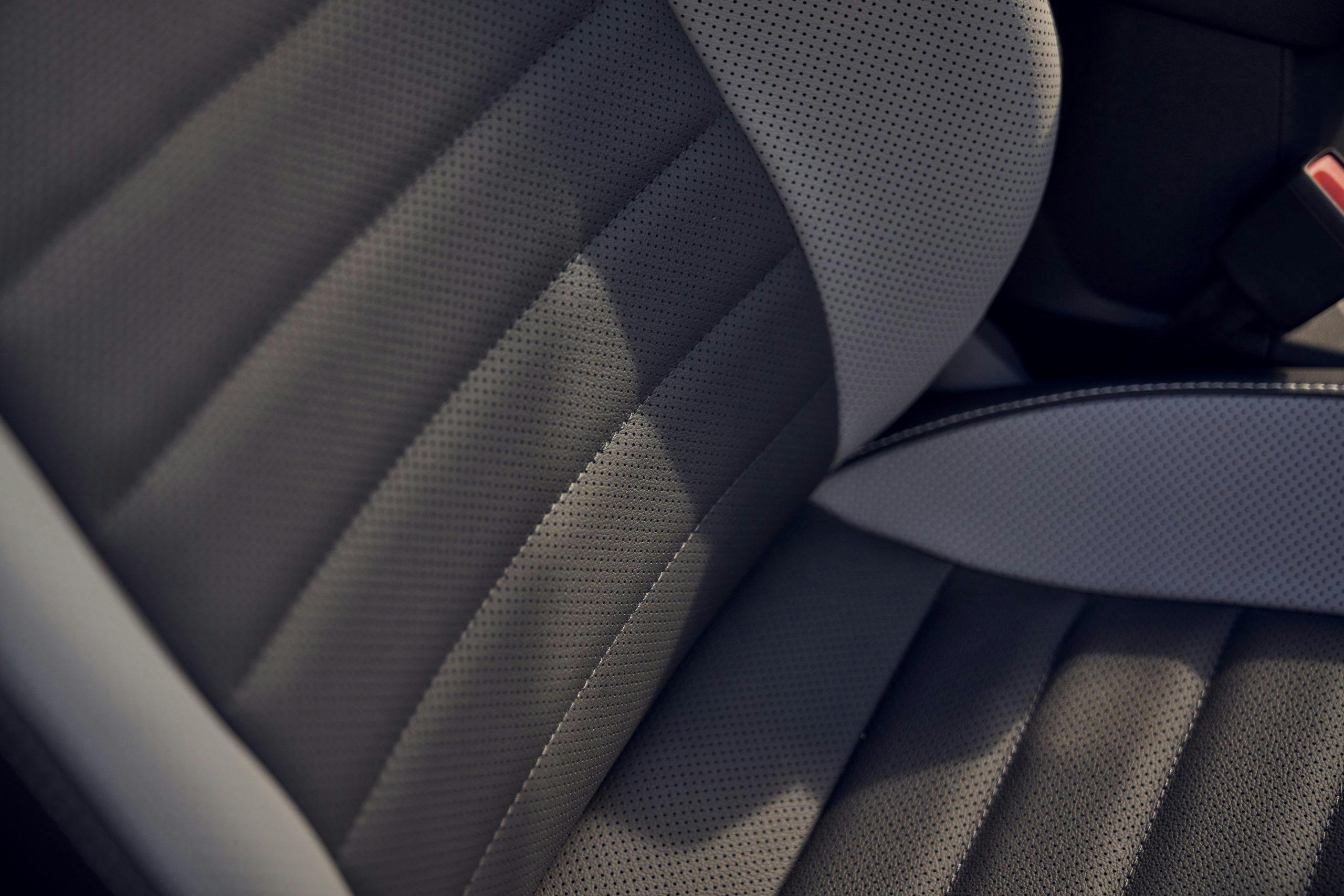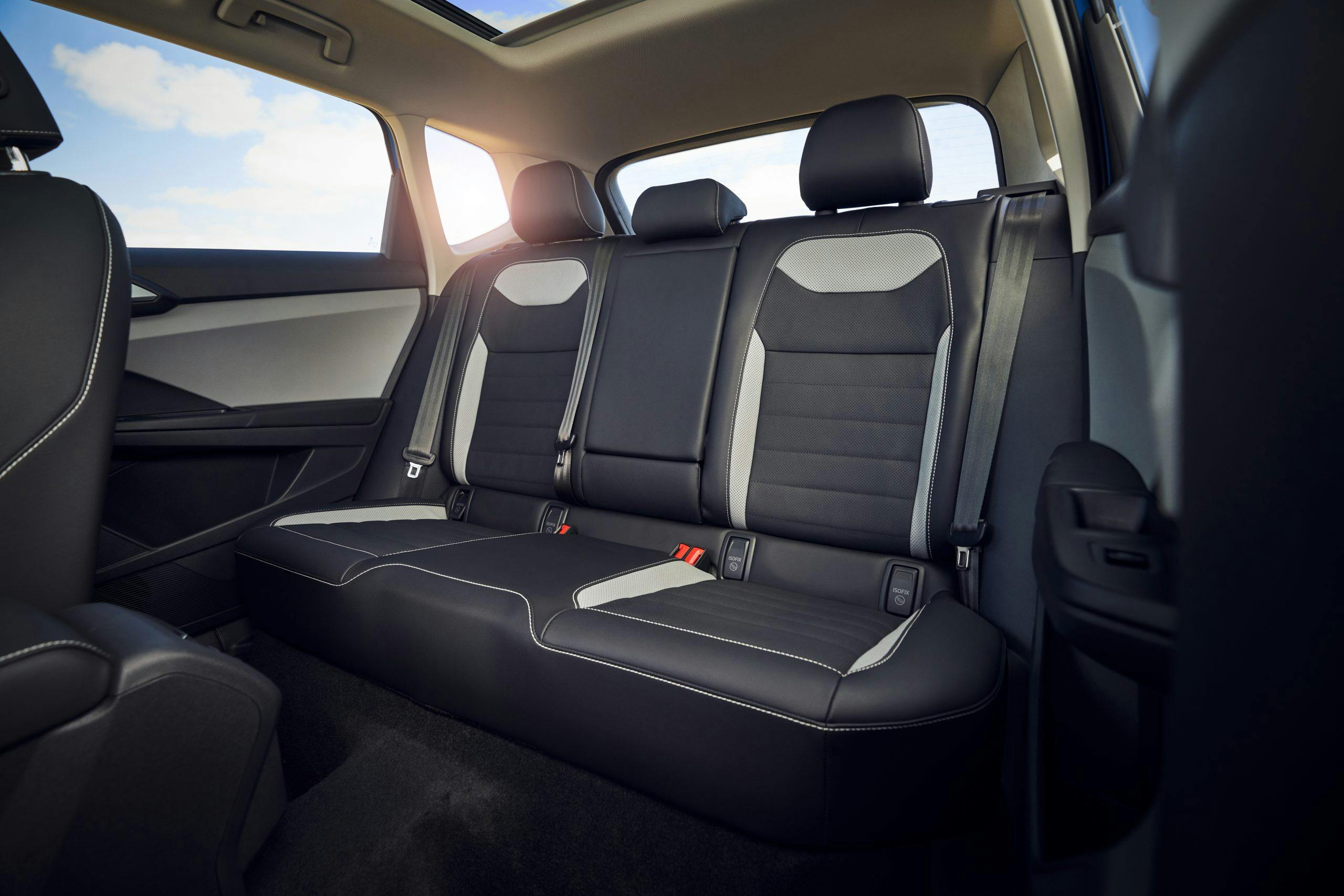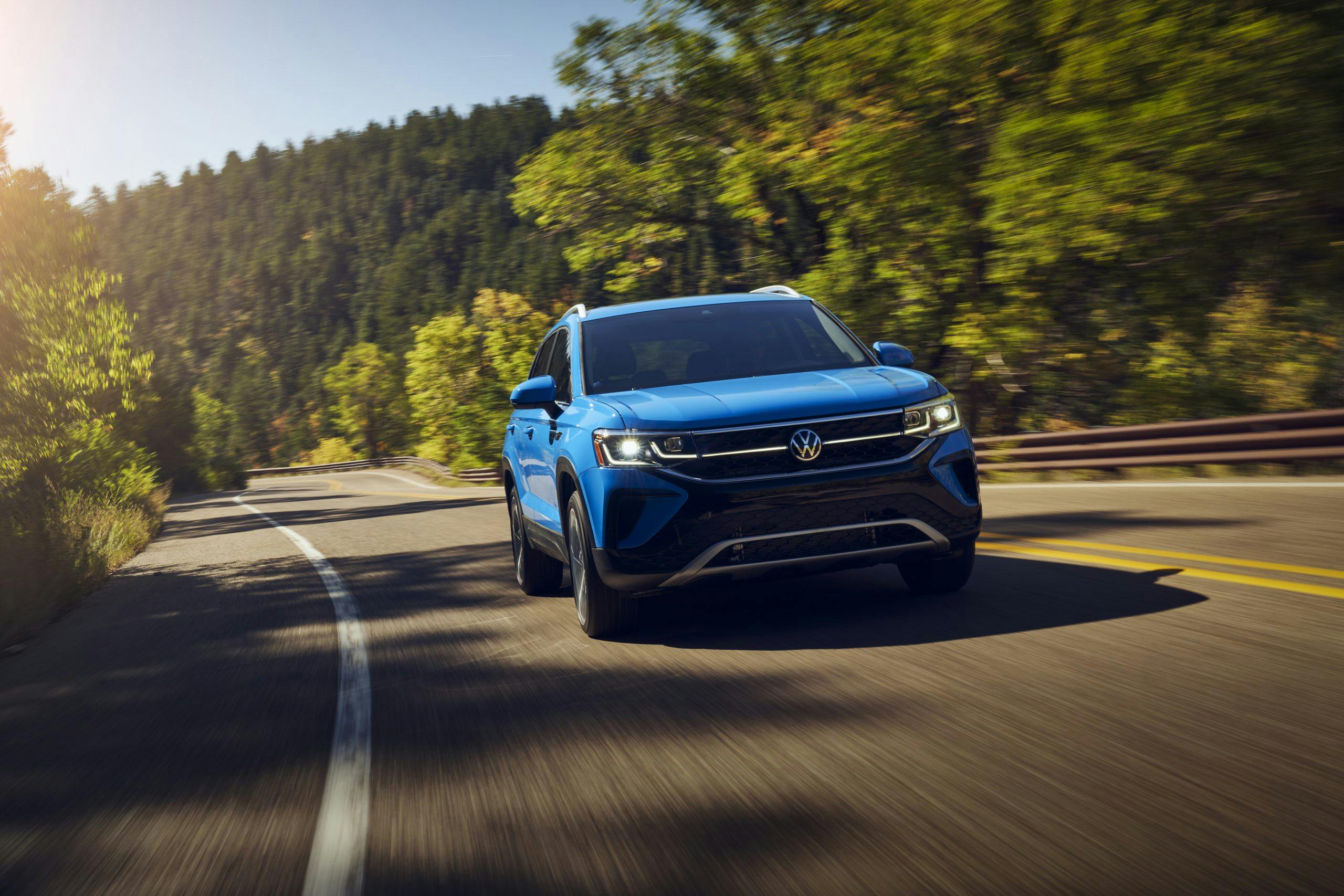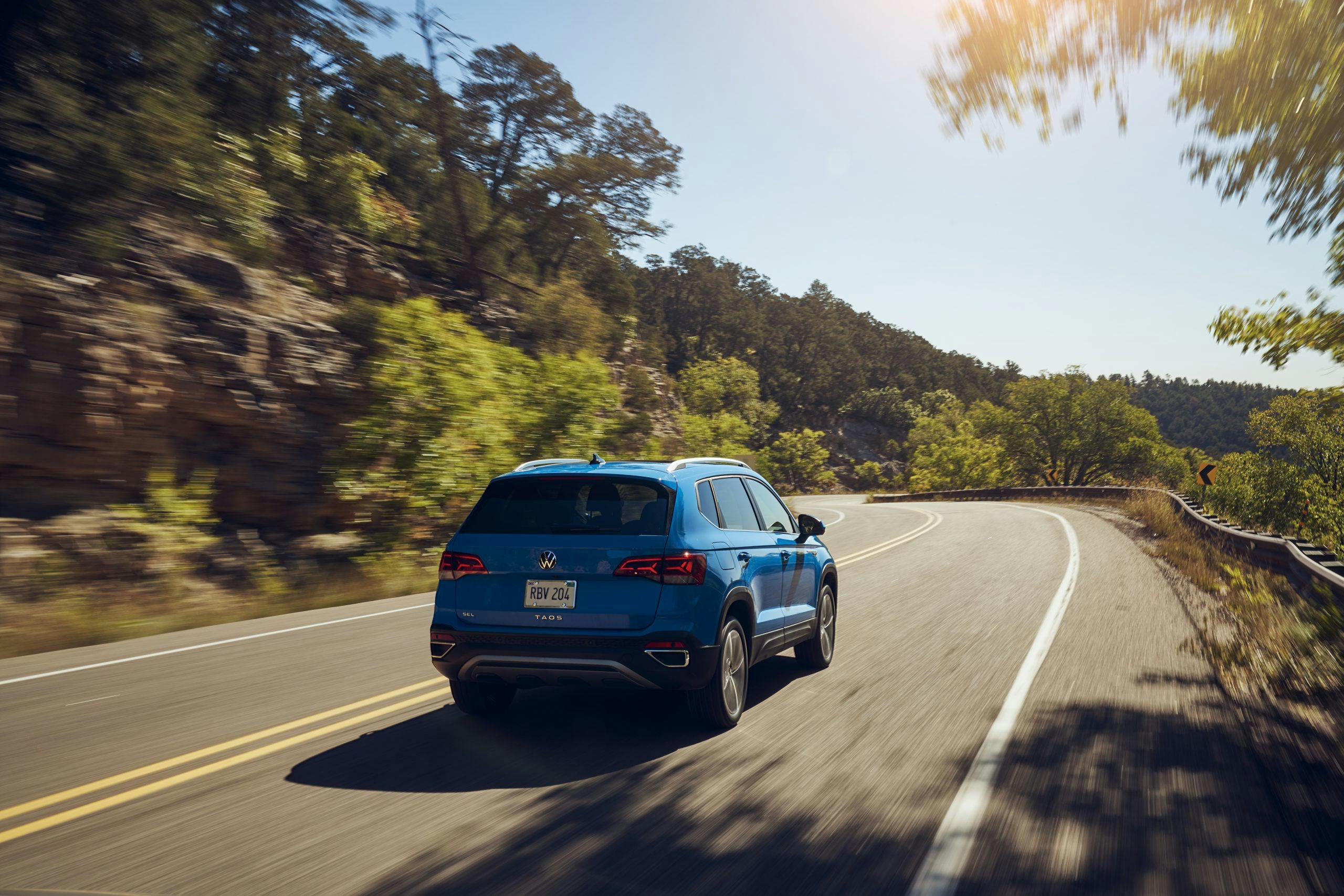Review: 2022 Volkswagen Taos SEL
Should the Taos—Volkswagen’s latest subcompact crossover—be fated to thrive, it must initially do so in defiance of a word: drought.
The apparently omnipresent industry microchip shortage is forcing the German auto-giant to launch the Taos on an initial shipment of just 8000 units, while navigating uncertainty in the future of chip supply. This development will force the plant in Puebla, Mexico to hit snooze for three weeks from mid-June through early July. This will restrict both Taos dealer inventory and the likely option choices within that inventory, but Volkswagen has made it quite clear: The launch of the Taos remains a top priority, even if that means taking away from other established models like the best-selling Tiguan, third-best Atlas, or Atlas Cross Sport.
Come hell or high-water, Volkswagen is expanding its SUV portfolio this June.
On invitation, we recently spent three hours romping around southeast Michigan in the 2022 Taos. We were placed into the top-of-the-line SEL trim of both the front-wheel-drive and all-wheel-drive versions to see how it measures up to the subcompact crossover competition. Will it become Volkswagen’s next big money-maker, or did the Taos prove to be as dry as the high desert region from which it draws its inspiration? Come along and find out.

No matter how you personally feel about the subcompact/crossover/casserole-car trend, it’s no longer ignorable that the segment is a booming slugfest of opportunity for automakers. To that end, manufacturers are gloving up for the long game in the USA: SUVs. For Volkswagen, this means refreshing the Tiguan and keeping the Atlas alluring—while letting a new little fawn, called Taos, find its legs. Tiguan and Atlas already own about half of the company’s overall sales volume combined (188,121/325,784 in 2020), so this makes sense. That volume is split between 100,687 new Tiguans and 87,362 new Atlases (including Cross Sports). If Taos somehow sniffs a sales trajectory close to either of those sums, it’ll be sitting pretty at the end of the year, if the chips can keep up.
Customers have eight available color options to ponder, but the 2022 Taos SELs we drove were a tale of two colors, on opposite ends of the spectrum. Cornflower Blue is one of (if not the most) appropriate outfits for this vehicle, but we were also supplied with a generic grey that does little to set off the vehicle’s lines and arches by comparison.
Both testers played around with the options list a bit. The IQ.Drive safety features come standard on the SEL but are otherwise optional for the lower-tier S and middle-tier SE ($895–$995) trims. A pleasing panoramic sunroof ($1200) can be had on either of the SE and SEL trims exclusively.
In total, the loaded AWD we drove rang up at $35,440 (on $33,045 base) including destination ($1195) and options ($1200), whereas the FWD model settled out at $32,685 (on $31,490 base). You may be thinking—Taos SEL is nearing Tiguan territory—and you’d be right; in 2021, a Tiguan SEL AWD started at just few grand more at $35,040. Where that number will ultimately climb in the reinvigorated 2022 Tiguan is yet to be disclosed, but it’s worth noting. The Taos may be the little brother, but it’s not by much.
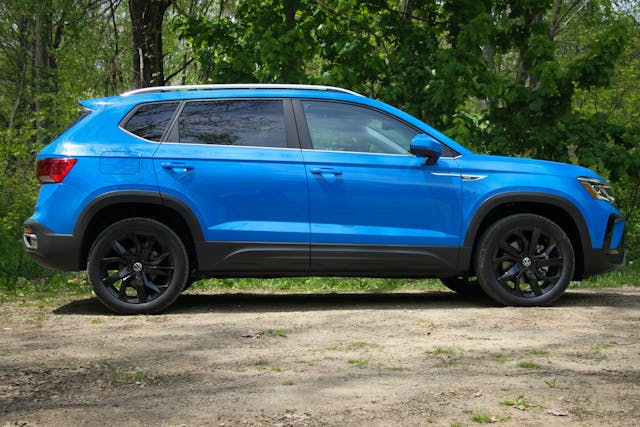
The Taos is built on the Volkswagen Group’s versatile modular MQB architecture, affording the crossover a long-for-the-segment wheelbase of 105.9 inches. It’s put to good use; space and length space and length are evident on the inside front to back, a feeling that’s not mutually shared by competitors. Subaru’s Crosstrek and Mazda’s CX-30 shave off about an inch between the wheels, whereas Jeep’s Compass and Kia’s Seltos go even shorter still, at 103.8 and 103.5 inches, respectively.
Visually, the Taos maintains maintains a better middle-ground of masculine punch and personality than others in class, save for perhaps a Chevy Trailblazer. A stupid simple (but effective) personal assessment of a crossover’s appearance comes down to one question: Am I embarrassed by it? Not in the slightest.
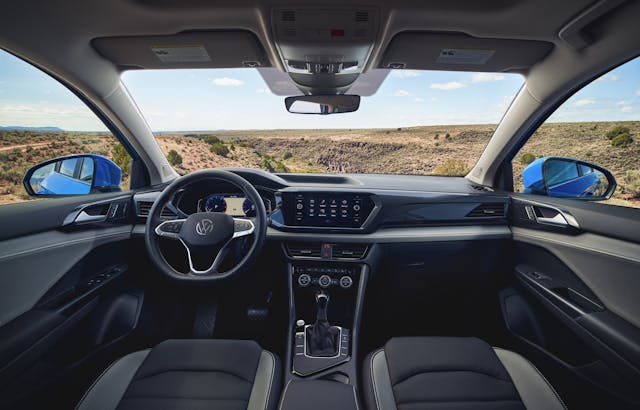
The interior boasts 99.5 cubic feet of passenger space, with 40.1 inches of legroom in front and 37.9 in the rear. Entering and exiting the vehicle, both in front and back, felt very accommodating for your six-four author, who’s used to doing his fair share of ducking and contorting. Rear seating is particularly decent, made even more relaxing with the equipped panoramic sunroof option. Stepping in, you’ll immediately formulate an opinion as to the aesthetic of two-tone seats, a design scheme made standard across the range, whether in cloth (S), leatherette (SE), or genuine leather (SEL). Really, nothing about the interior is immediately jarring, busy, or distracting. Visual design elements settle in to the eye naturally; all very unlike the bulbous plops of trim islands found floating around the dash of a previously mentioned competitor’s design.
The leather in the SEL felt appropriately backed and looked carefully stitched. Making matters even more comfortable was the dual-zone Climatronic HVAC system and ventilated seats (available only in the SEL AWD). Both served as a revelation during our sweltering 80+ degree afternoon, and were sorely missed when tooling around in the FWD model.
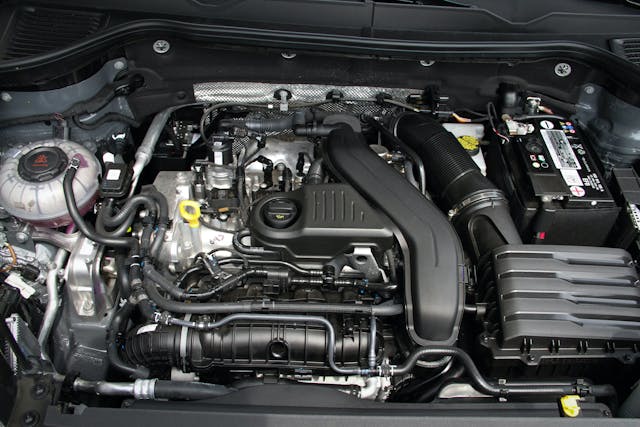
Most buyers will likely settle into the S and SE trim categories, where the value play becomes a primary factor. Every Taos is equipped with VW’s 1.5-liter turbocharged inline-four (EA211), mated to either an eight-speed automatic (FWD) or seven-speed dual-clutch transmission (AWD). Opting for the latter adds about 300 extra pounds, and the EPA-rated fuel estimate drops from a combined 31 mpg down to 28 mpg.
Finding an ideal driving position is simple enough using the eight-way powered driver seat adjustment that comes standard in the SEs and SELs. Pulling from a stop, it’s hard not to immediately recognize that familiar stiffness common to many subcompact crossovers. This subsides once you’re out on the open road and acclimating, but not to any blindspots, because there are virtually none. The AWD variant is clearly a better drive than its front-drive sibling. Its rear multilink setup and added anti-roll bar are felt most in the corners when being forcefully encouraged, but otherwise, most operators of this subcompact will feel perfectly planted with the torsion-beam setup in the FWD variant, and none the wiser as to what the differences really feel like.
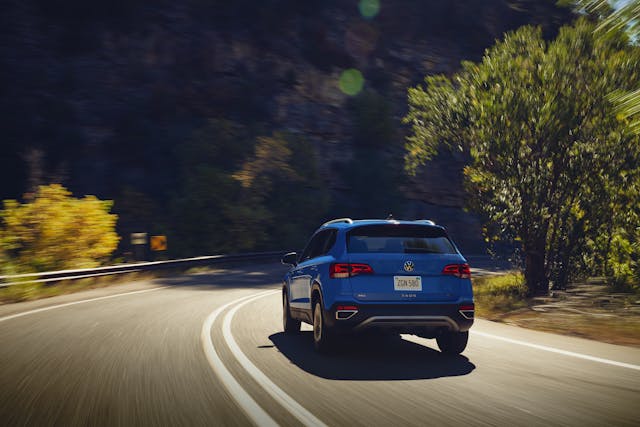
The Taos can be driven hard, particularly in “Sport Mode,” although that’s entirely not the point for a vehicle that will likely be driven in Eco for the vast majority of its life. If anything, the turbocharged 1.5-liter felt a little underpowered at times, even in Sport, a feeling that arose chiefly under aggressive passing maneuvers, but as one would also have to imagine, compressed interstate merges.
A fully digital cockpit system comes standard on all trim levels of the Taos. Naturally upgraded are the SEL models, benefiting from a 10.25-inch display that’s capable of even more enhanced customization.
This is a noisy car, even by the standards of the segment, and regardless of whether your Taos is equipped with Pirelli or Bridgestone all-seasons. This is made more obvious by the fact that the four-cylinder is virtually undetectable unless you really spank the accelerator. Sure, this noise gripe can be easily solved in the aftermarket with deadening material and a short day’s work, but who really wants to pull the door panels off of a brand-new vehicle for reprieve? The Taos could benefit from less hollow-can ambience, particularly in the airy way the doors shut.
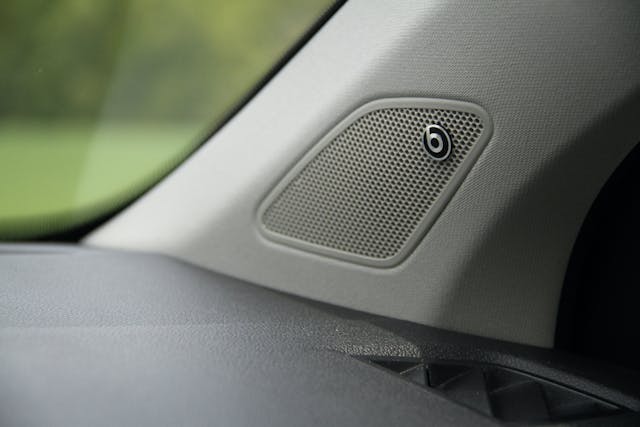
A little road noise is nothing the SEL’s bass-bumpin’ eight-speaker Beats audio system can’t cover. Audiophiles will find it … not great … shocker. It’s overrated, but so are the headphones sold under the same brand, and they’re a roaring success, so what do I know? The system will get more wows than it’ll deserve, but for those interested in a more balanced experience, the CX-30’s 12-speaker Bose system does it better.
The MIB3 infotainment system is pleasant and well-done, through and through. It comes standard in the SE and SEL with an eight-inch touchscreen display with wireless charging, App-Connect, and an abundance of USB-C ports. These features are millennial eye-candy in an interior, but for good reason. All of it functions easily and intuitively. Menus are a breeze to navigate, and the UX mirrors the logic of the common smartphone with which most people have now become well-acquainted and would pair with the vehicle. A minor complaint: The proportions of the control knobs for volume and such are a pinch too small.
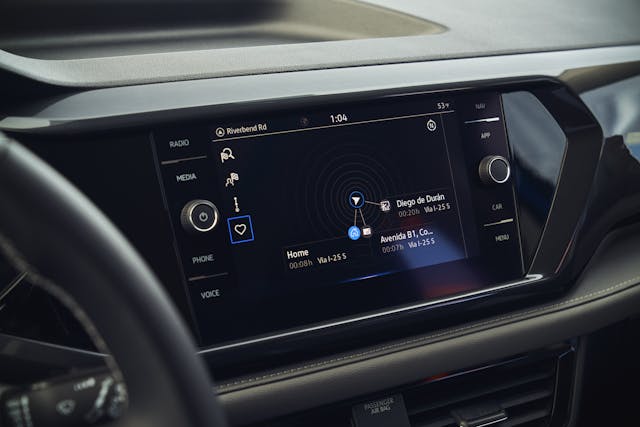
At $35,440, is a fully loaded Taos more desirable than a base Tiguan? That’s a hard question, one that comes down to what’s in store for the elder SUV and its upcoming pricing. Volkswagen by all accounts is working hard to differentiate the two models enough to create a tag-team of winners, but from where things stand, it’s hard not to imagine some degree of cannibalism will occur. Both vehicles will wrestle over growing families and cash-heavy twenty-somethings.
The Taos strengthens its proposition the most in lower trims, but the improved materials of the SEL transform it so nicely that it’s hard to imagine the vehicle without them. To compete on the street, it’s got a long way to go, and a lot more chips to consume. But one thing’s for certain: Volkswagen’s clearly emphasizing the Taos ten-fold over your modern day sedan, so come what may, it’s not going to let this marque sizzle out anytime soon.
2022 Volkswagen Taos SEL
Price: (base/as-tested): $31,490 / $35,440
Highs: A value-buy with copious amounts of room and options worth having, not skipping.
Lows: Cabin noise is subpar, and the SEL’s Beats audio system is more glamour than guts.
Summary: New kid on the block shows serious promise, but a loaded Taos faces its stiffest competition from the Tiguan.

